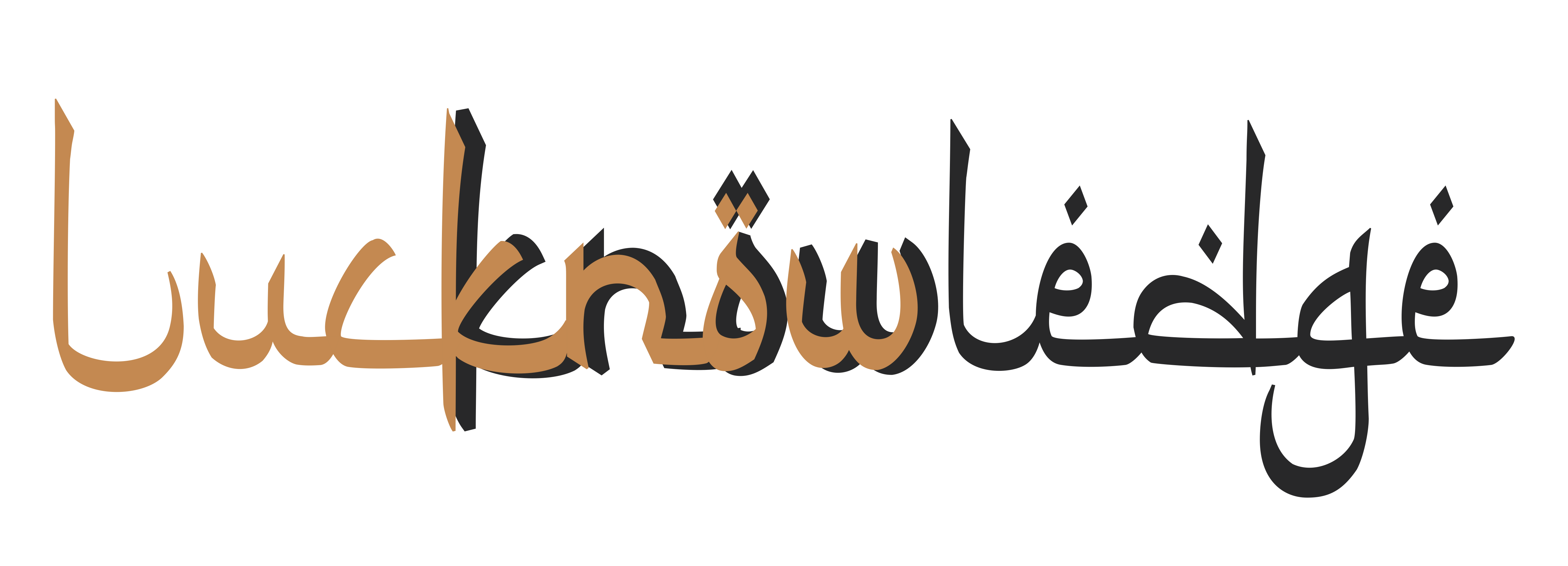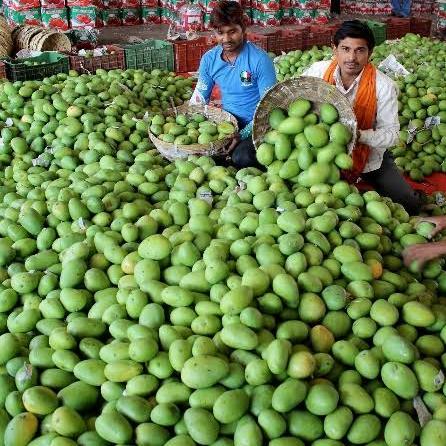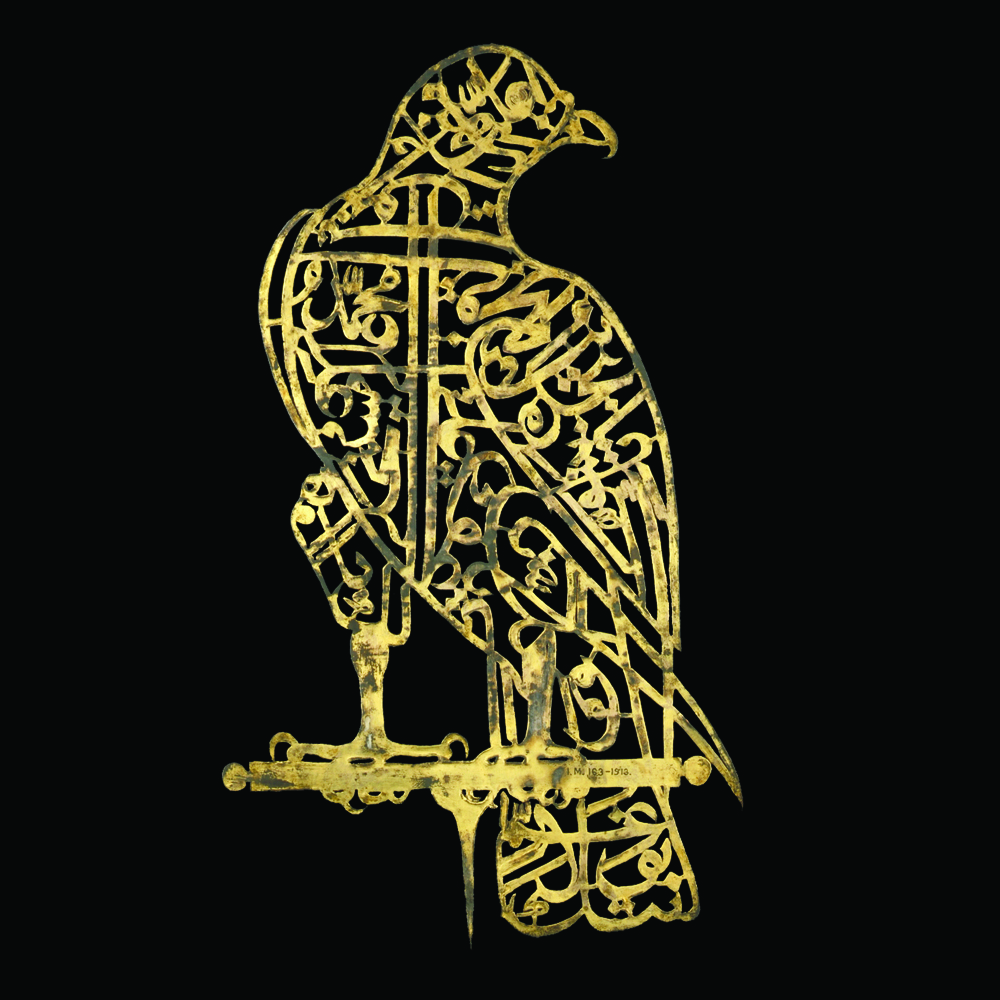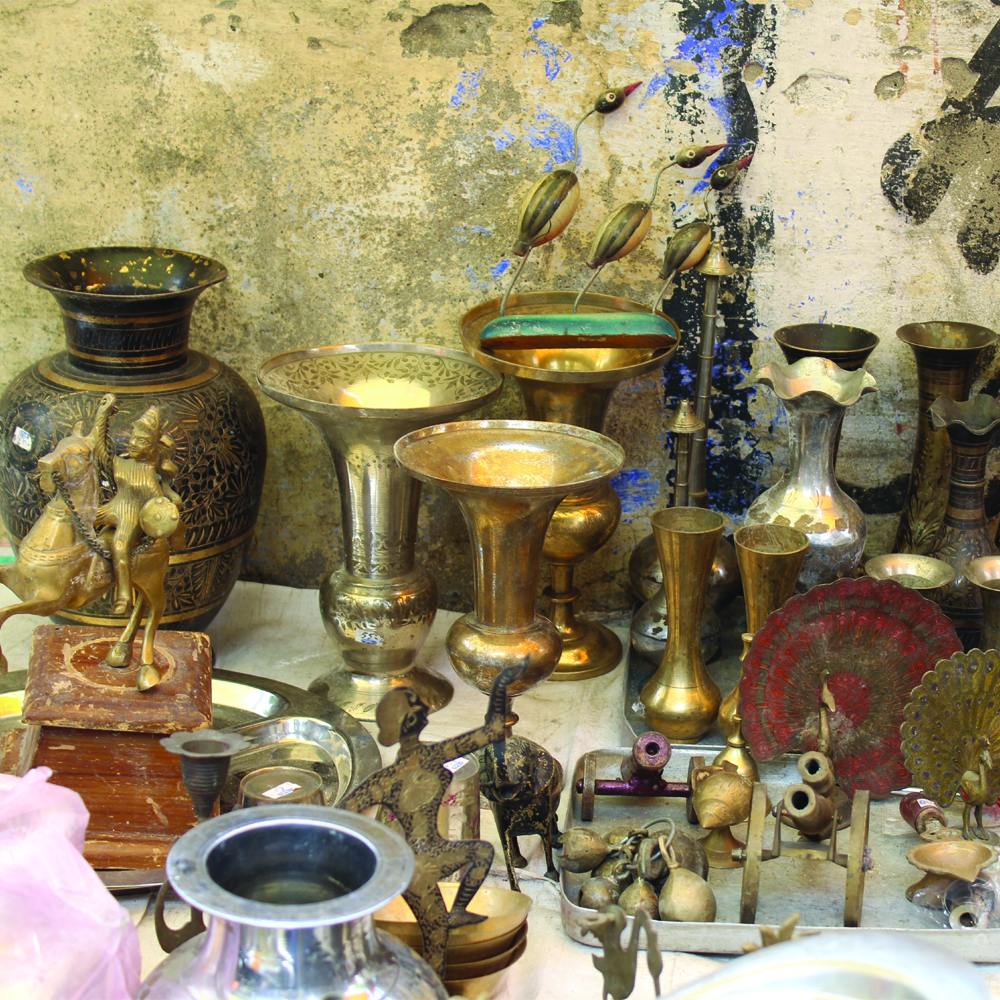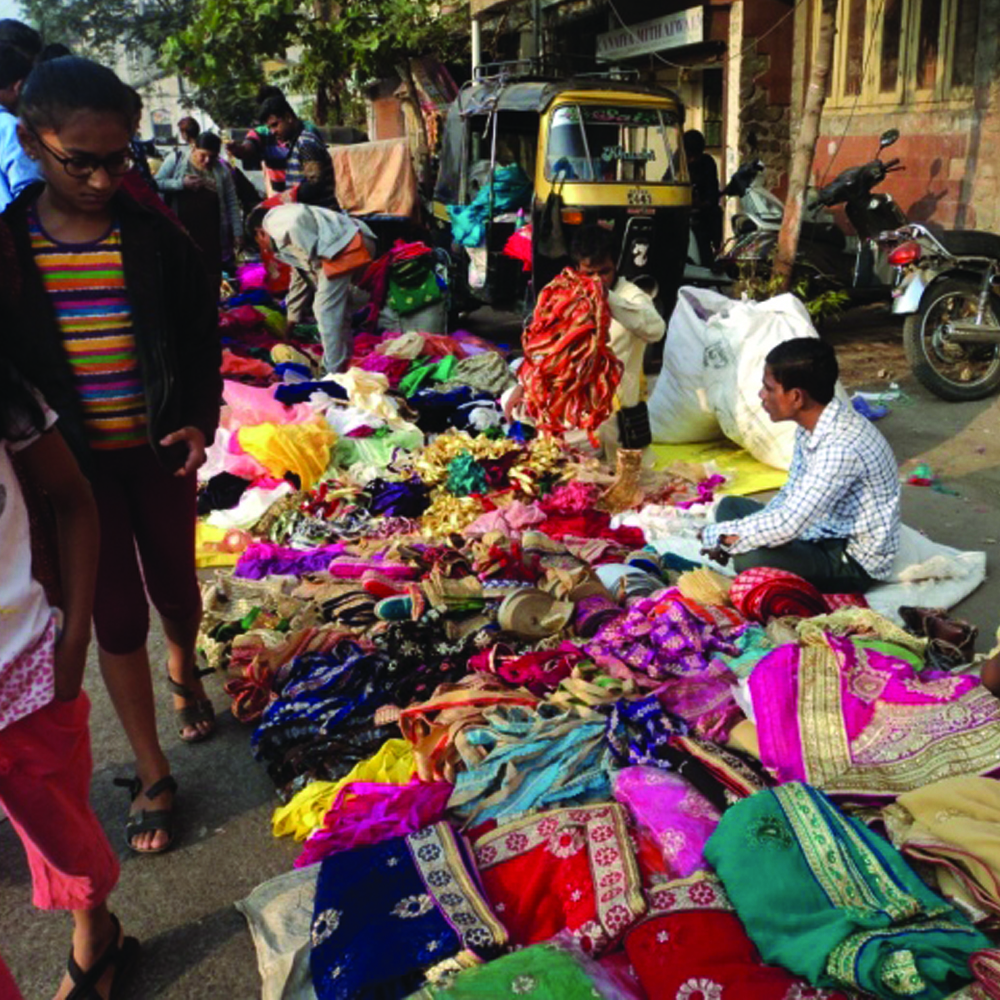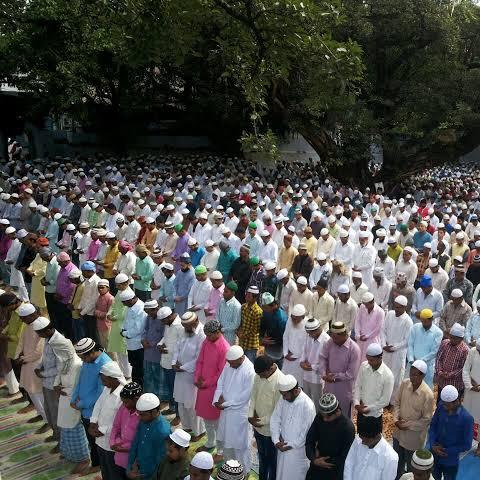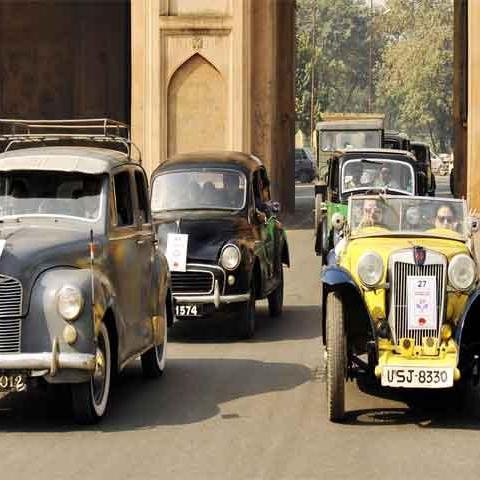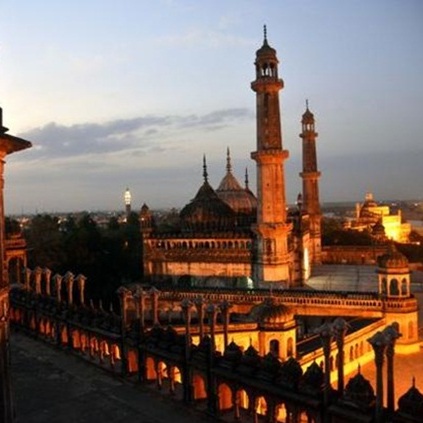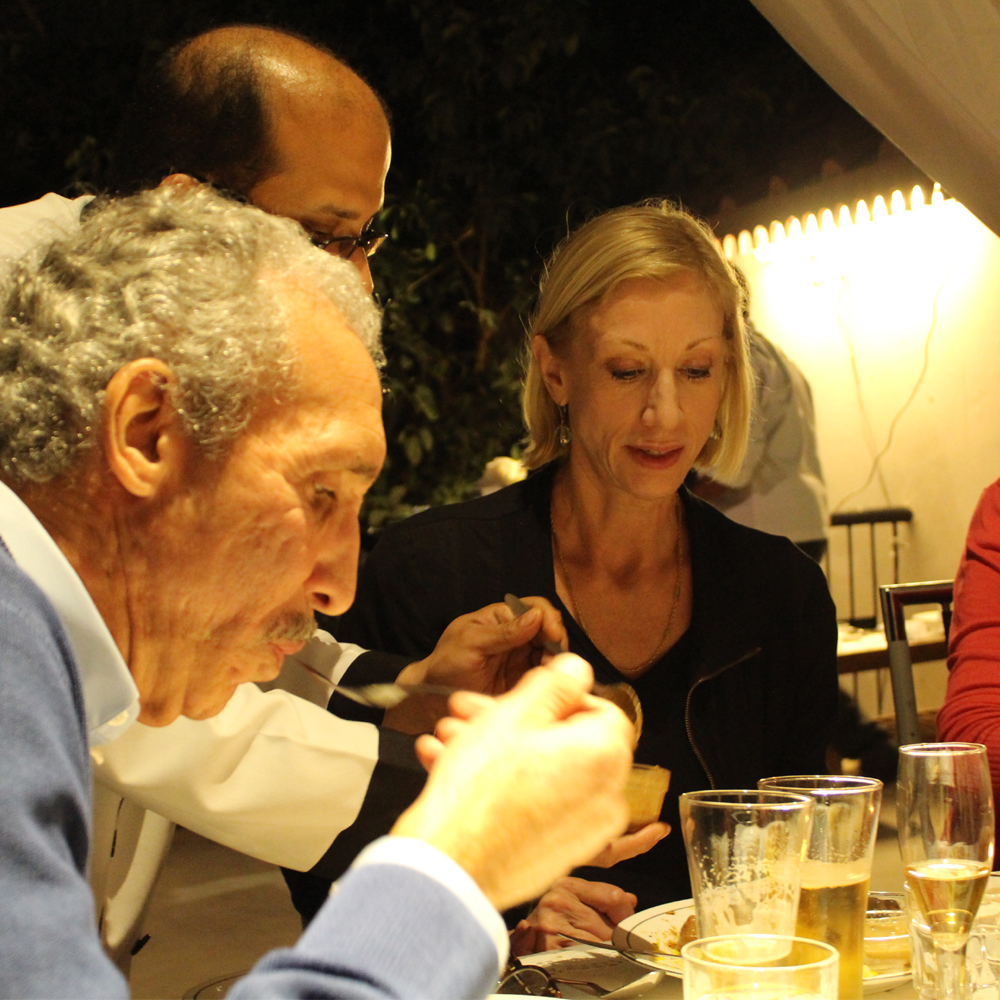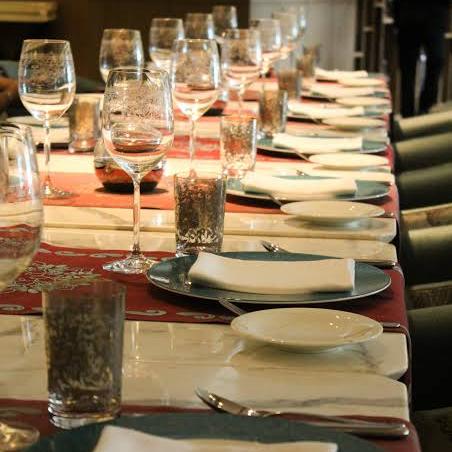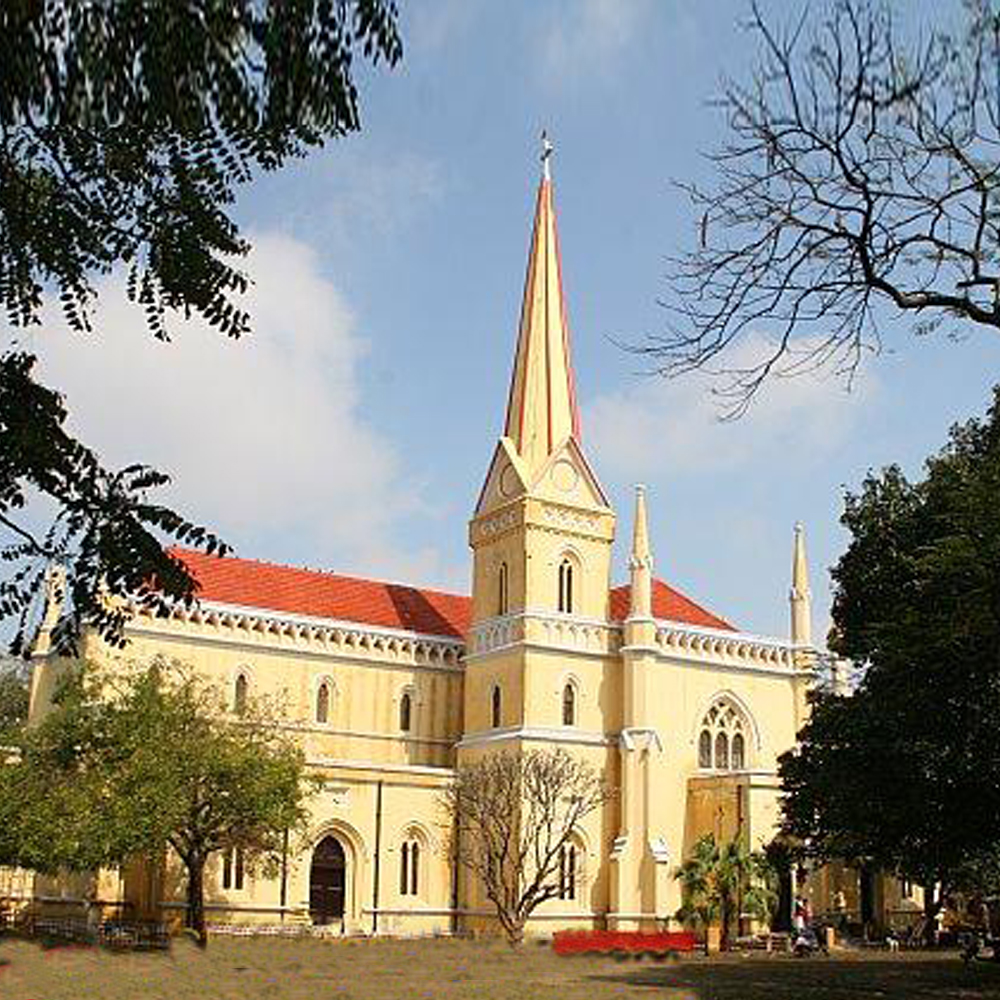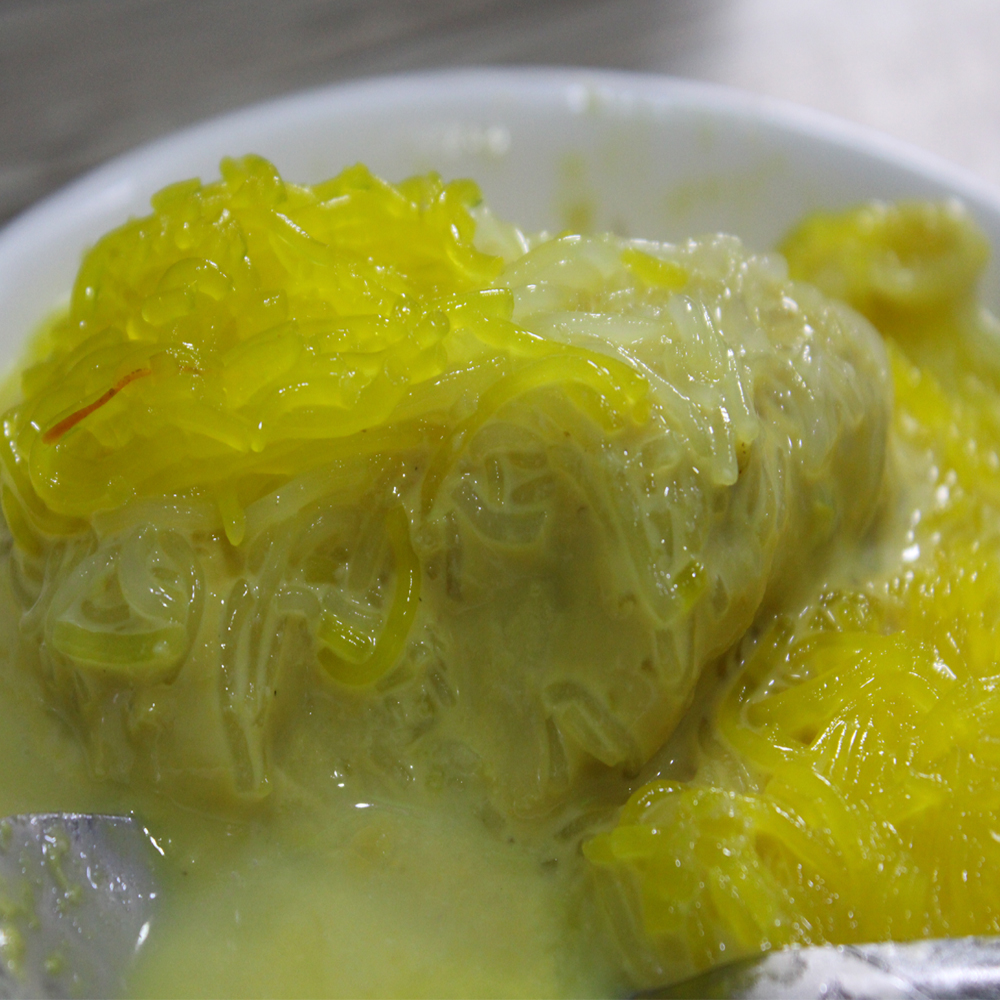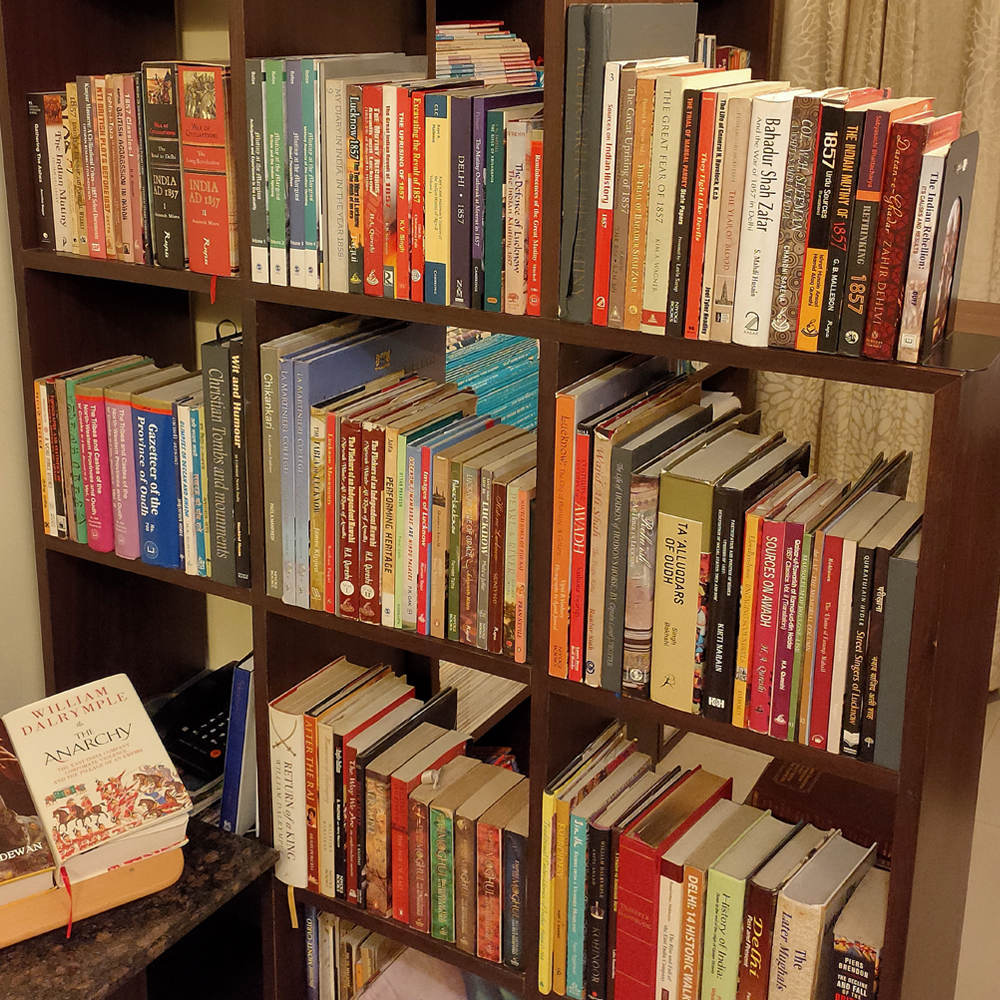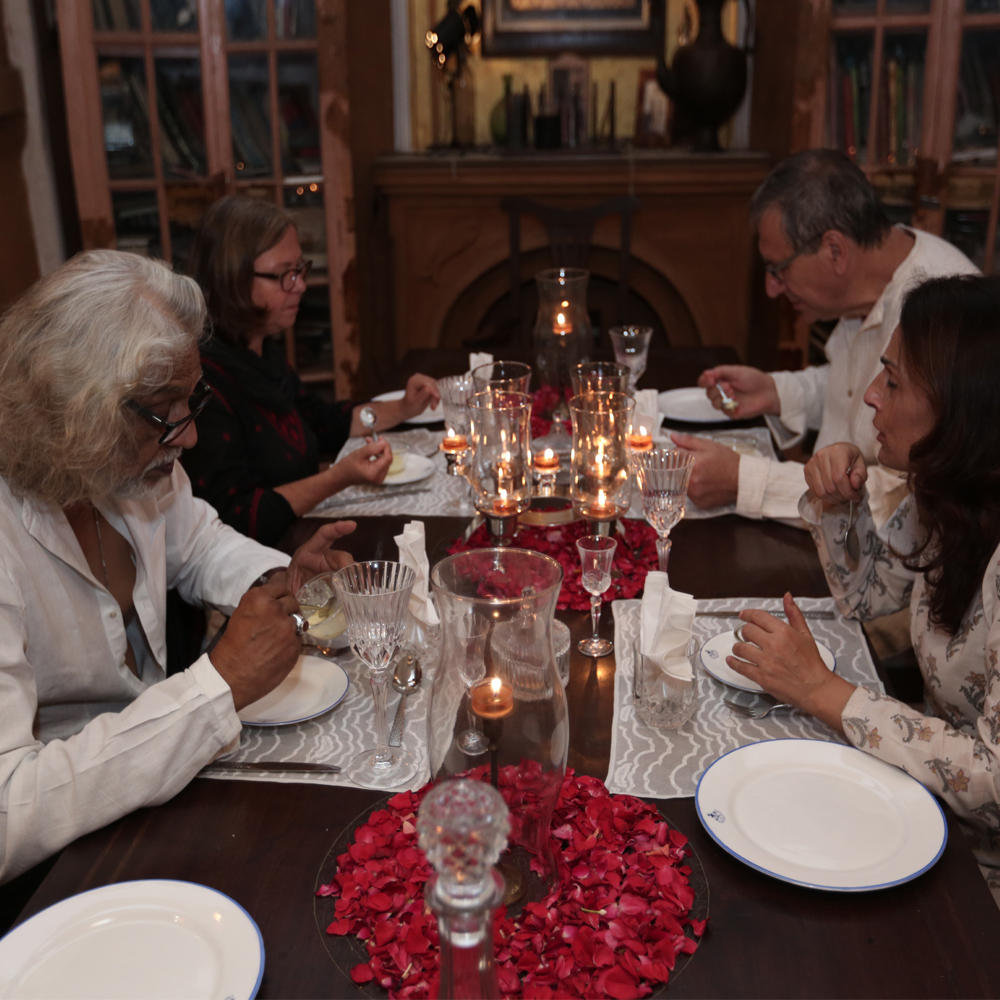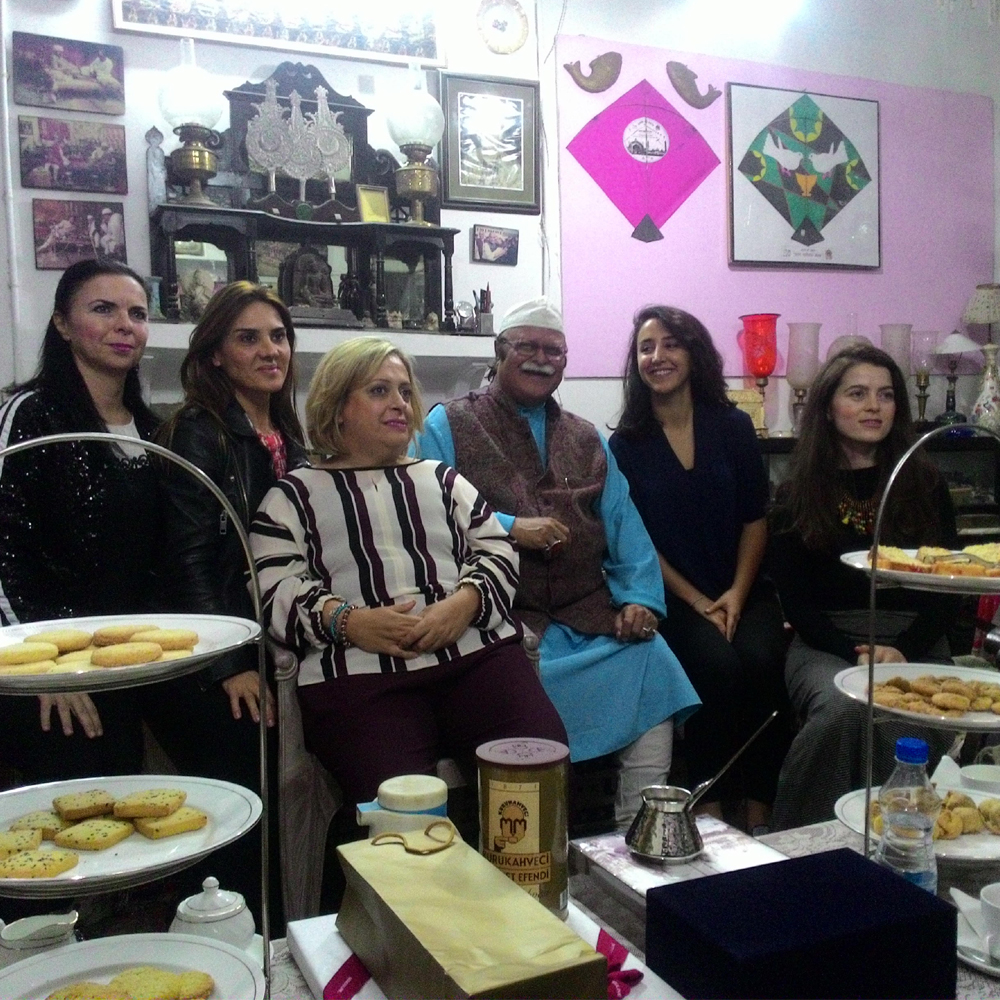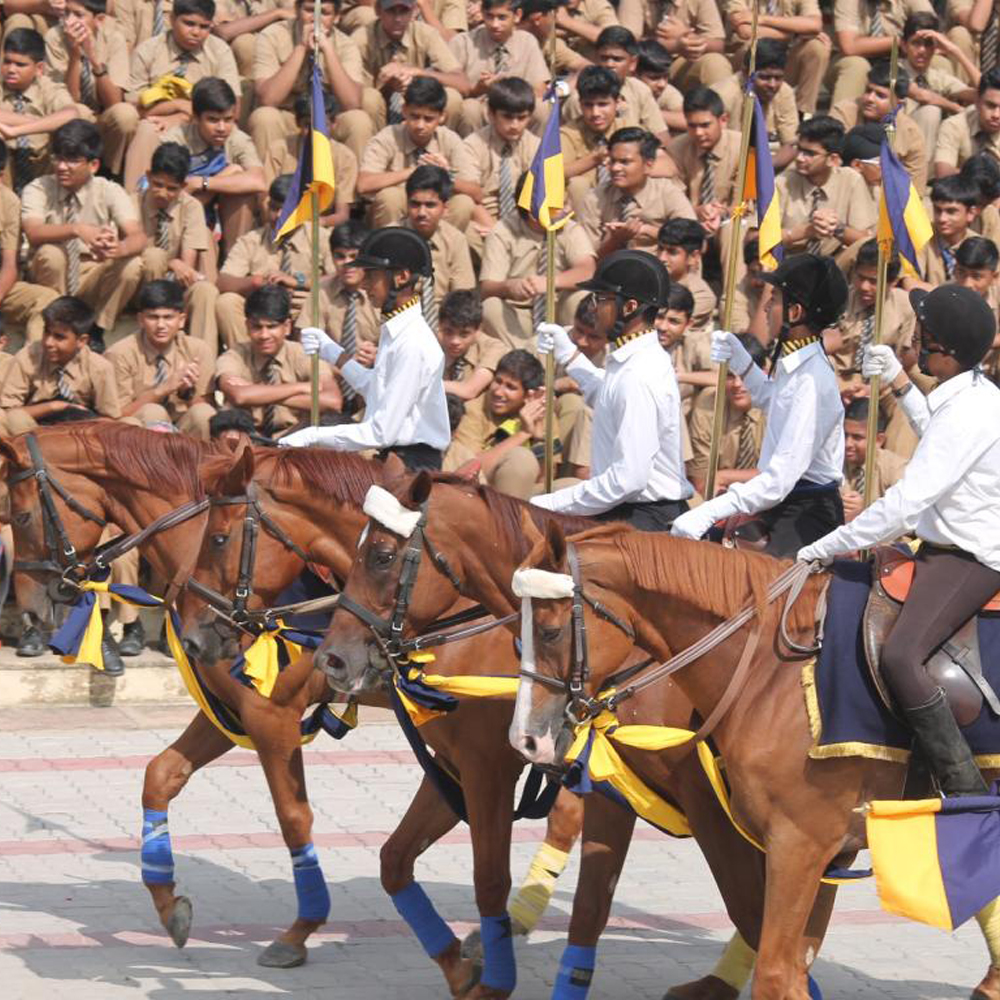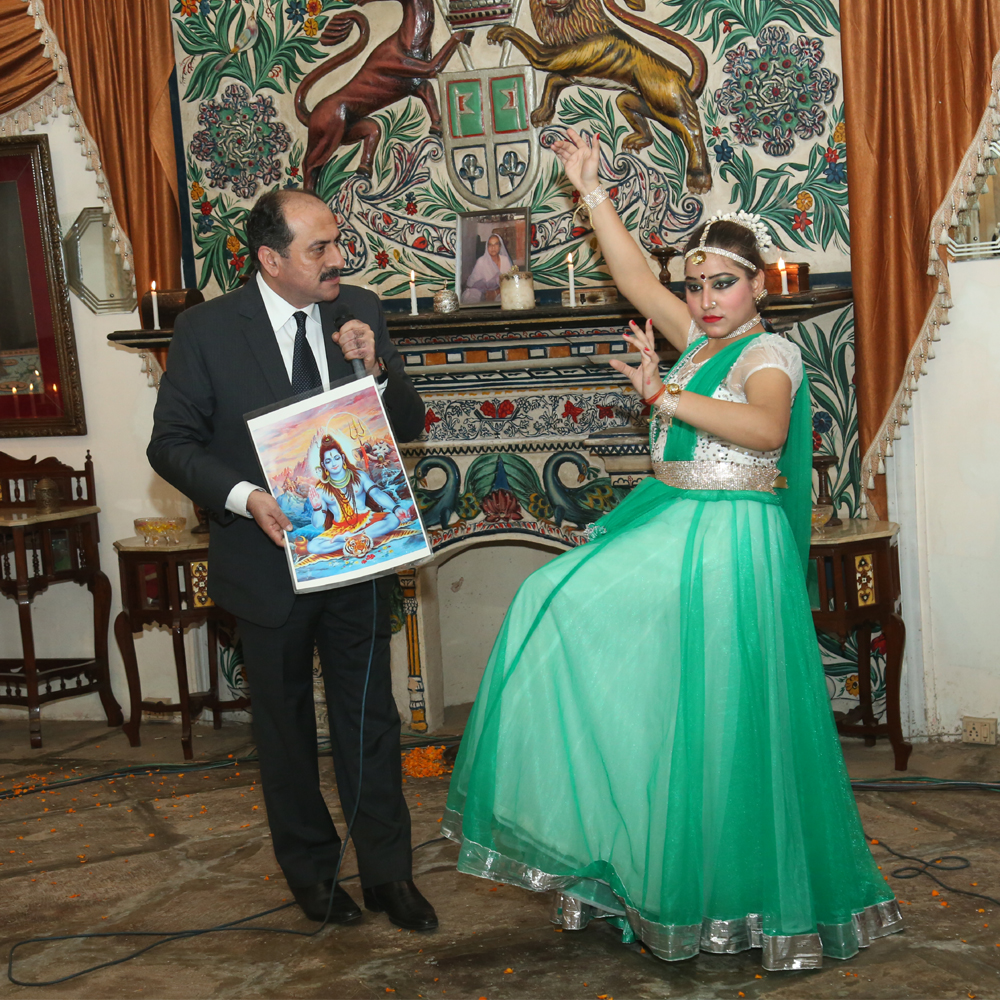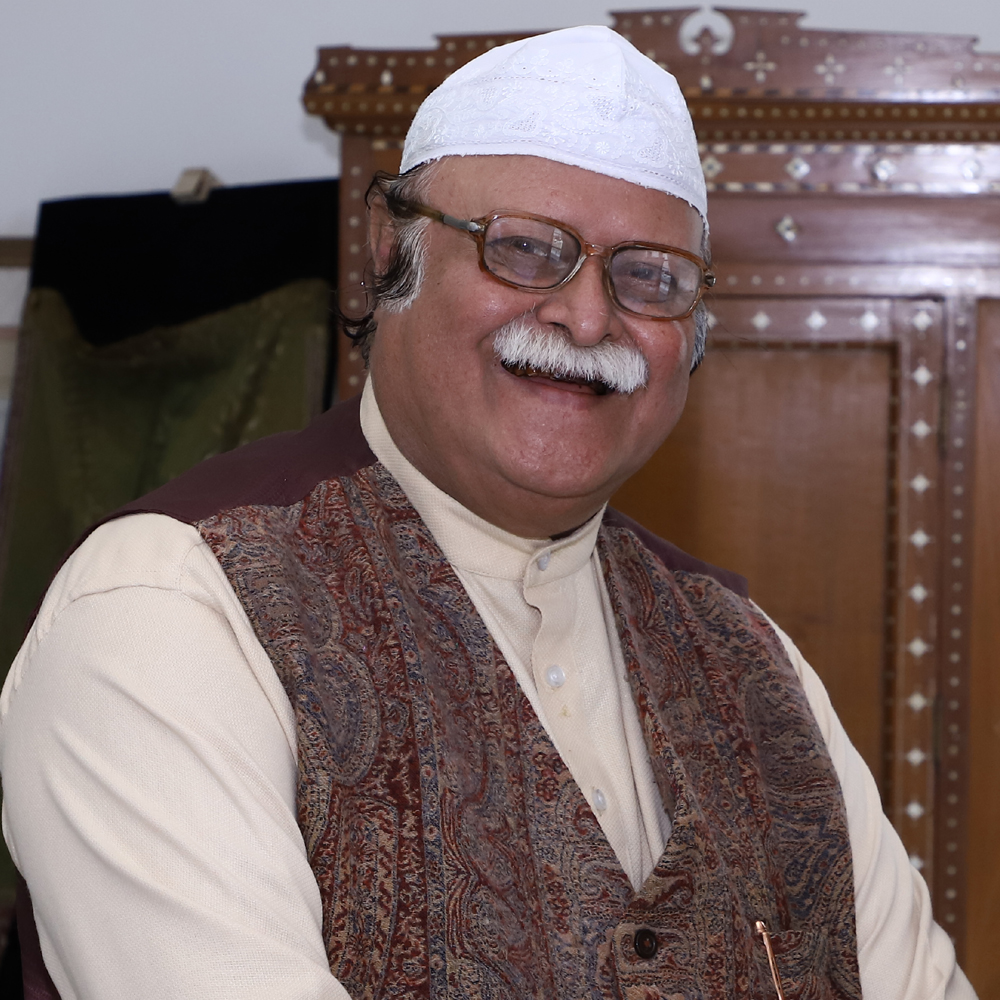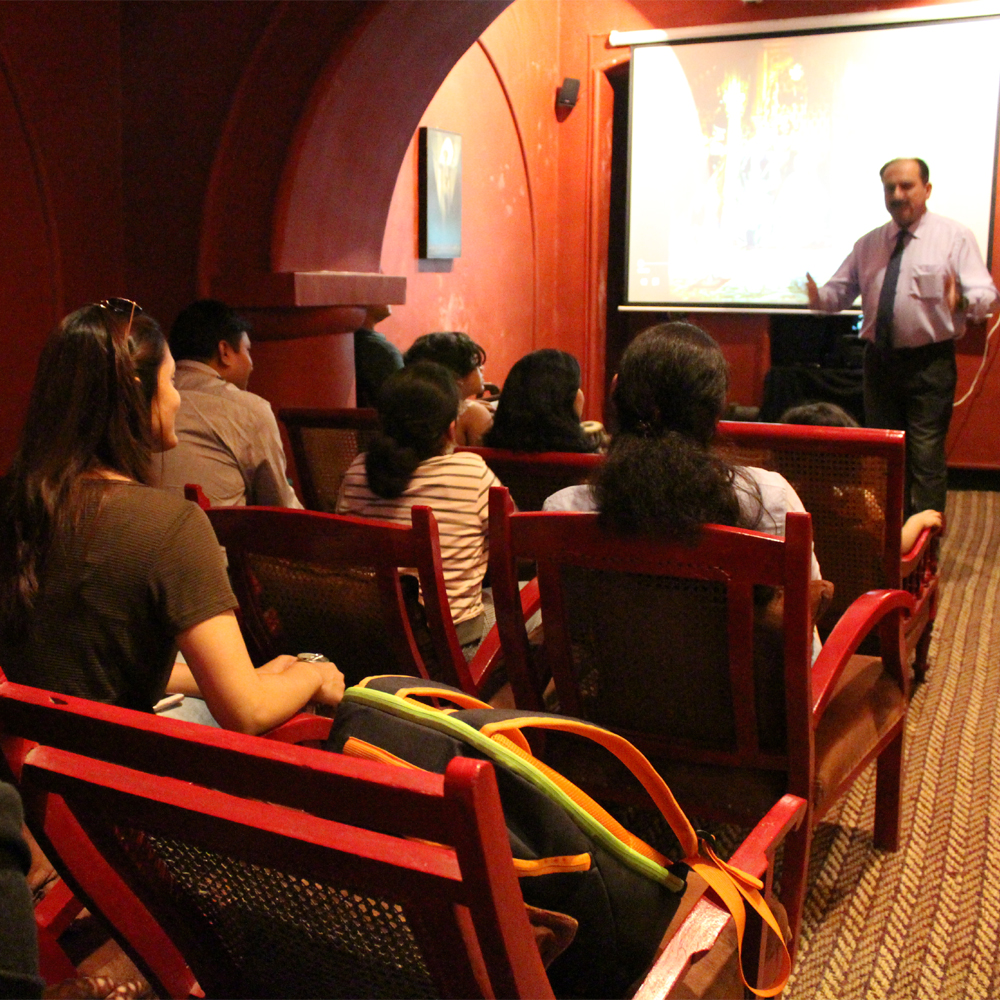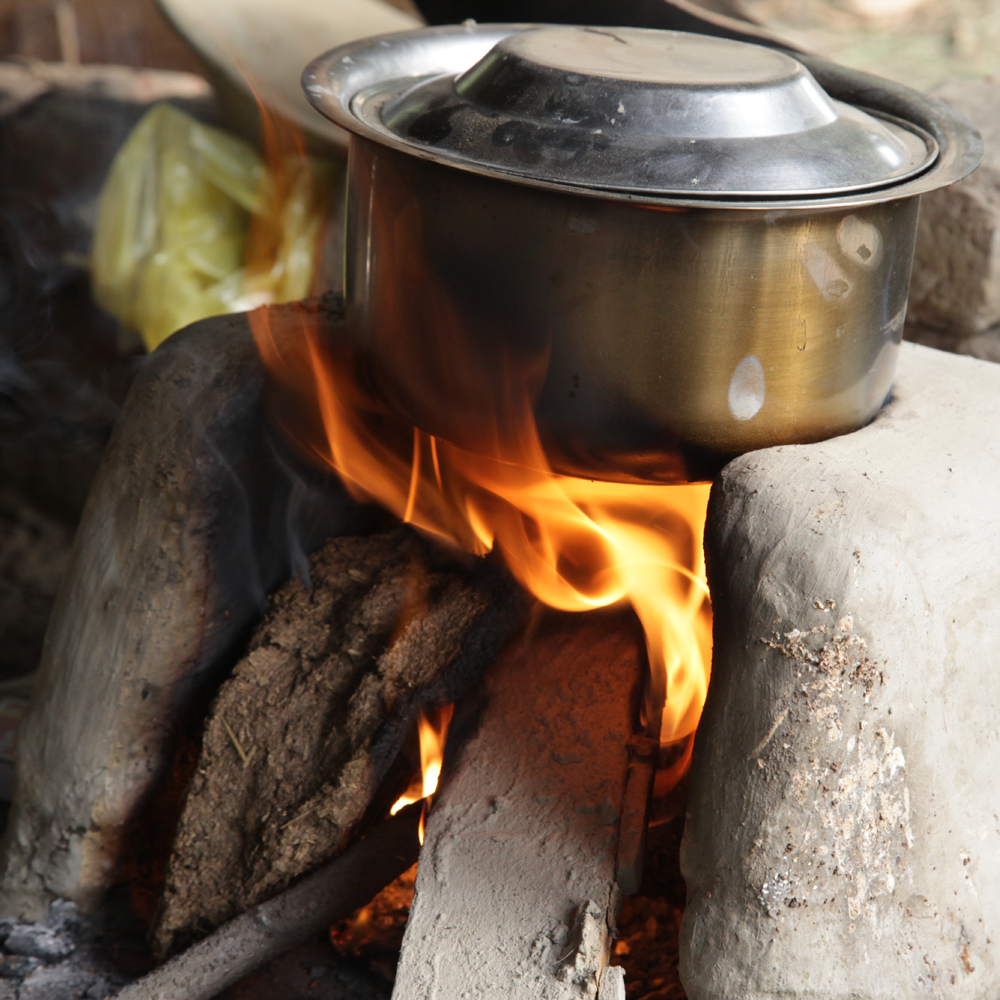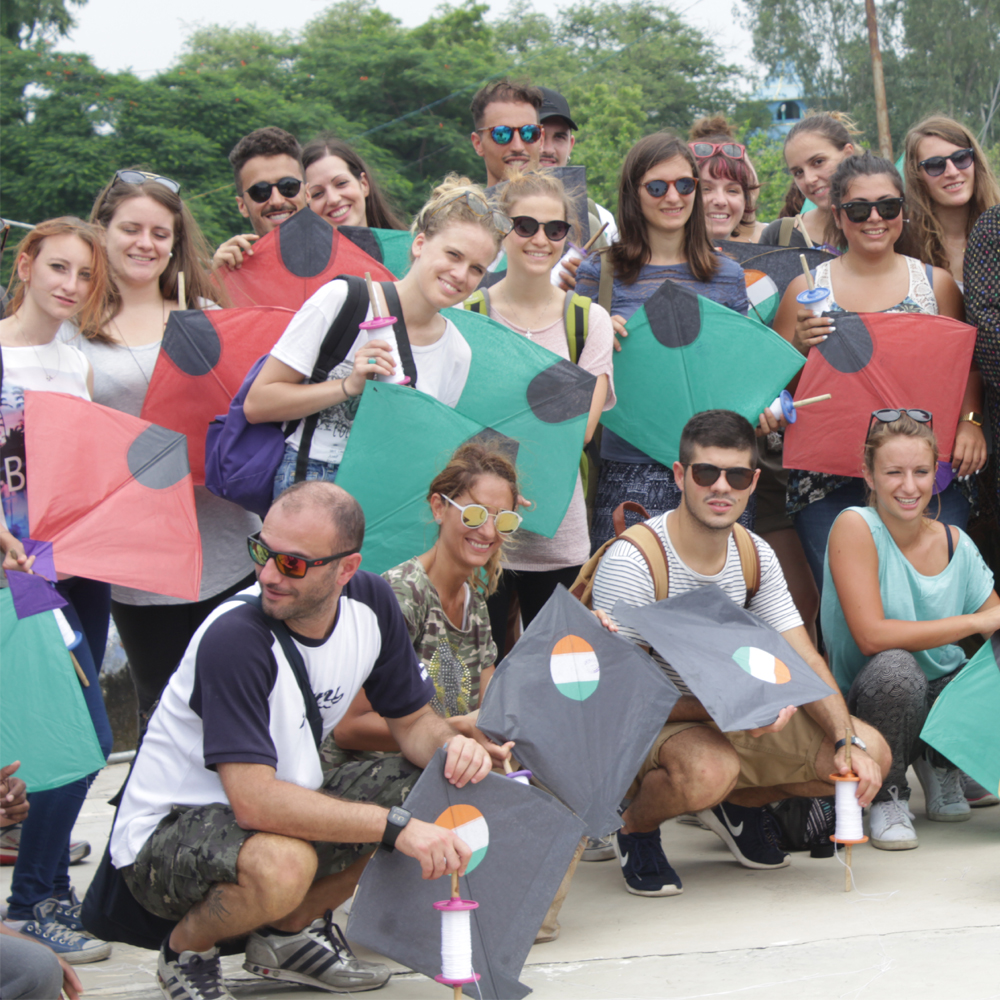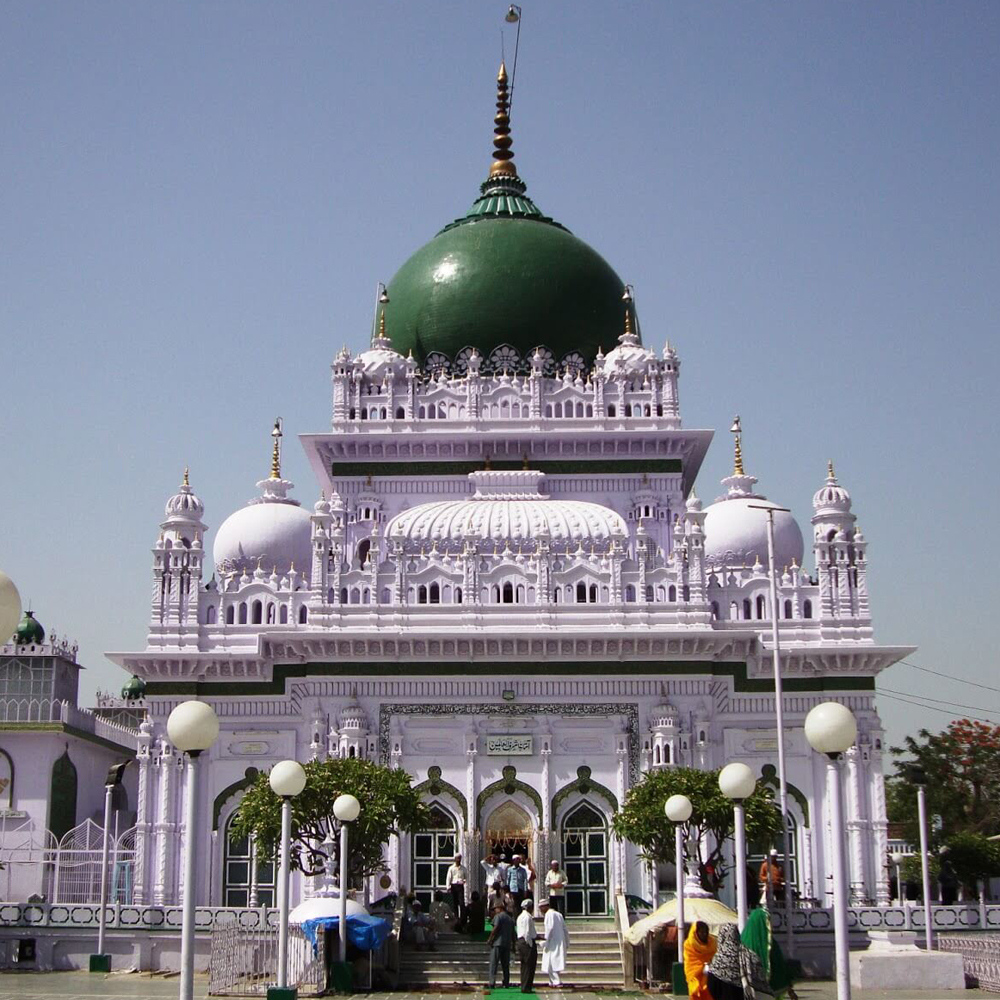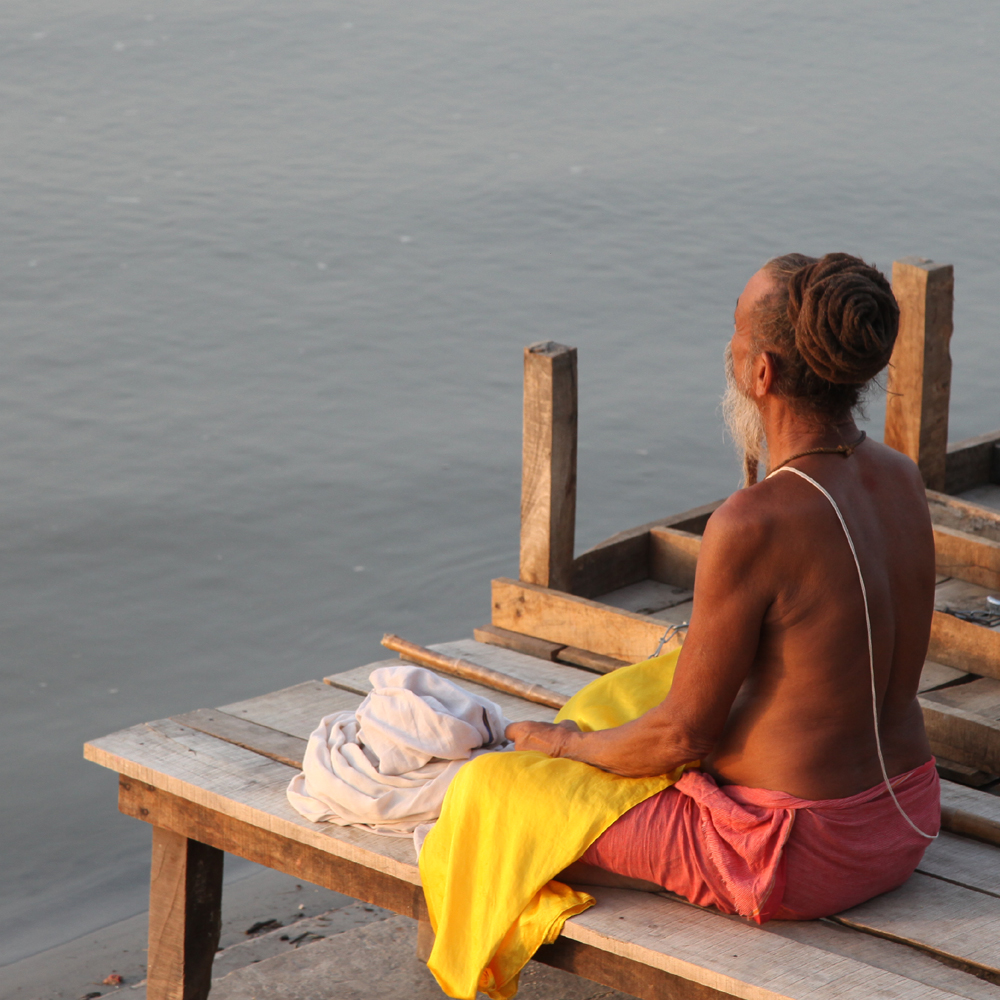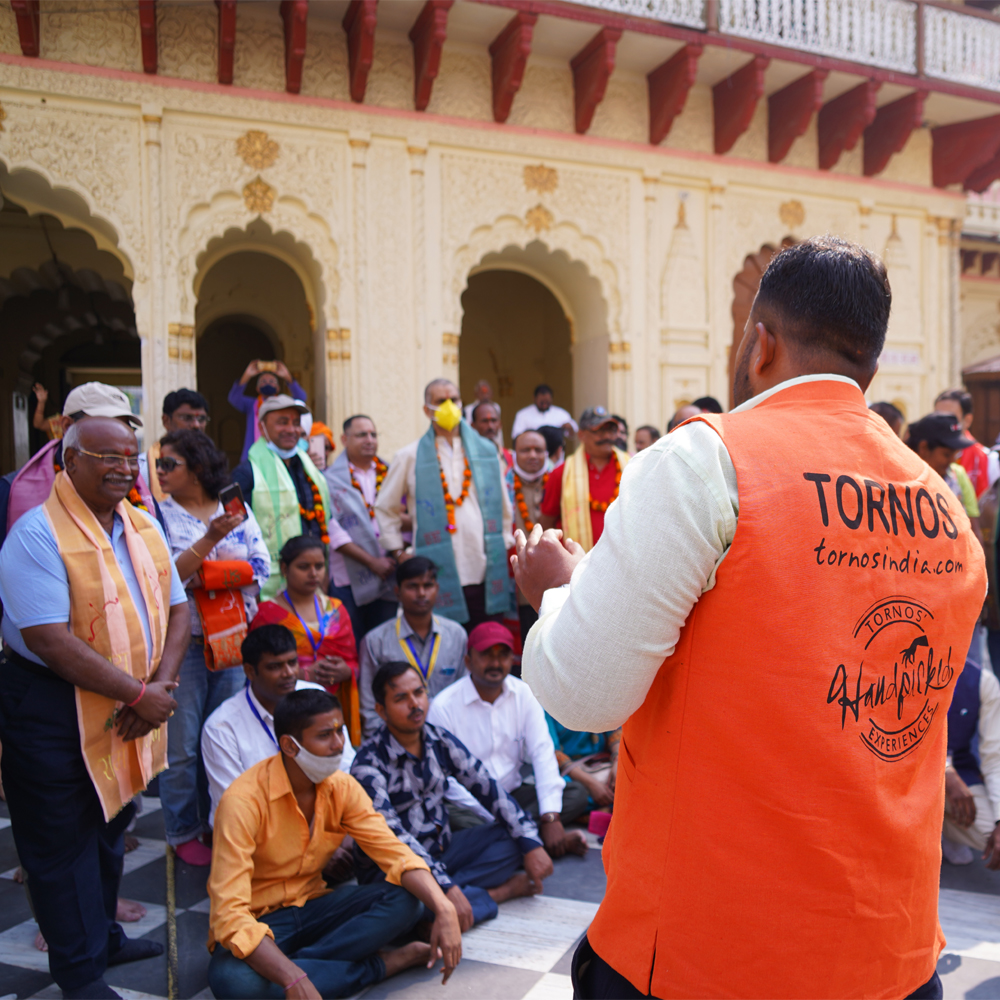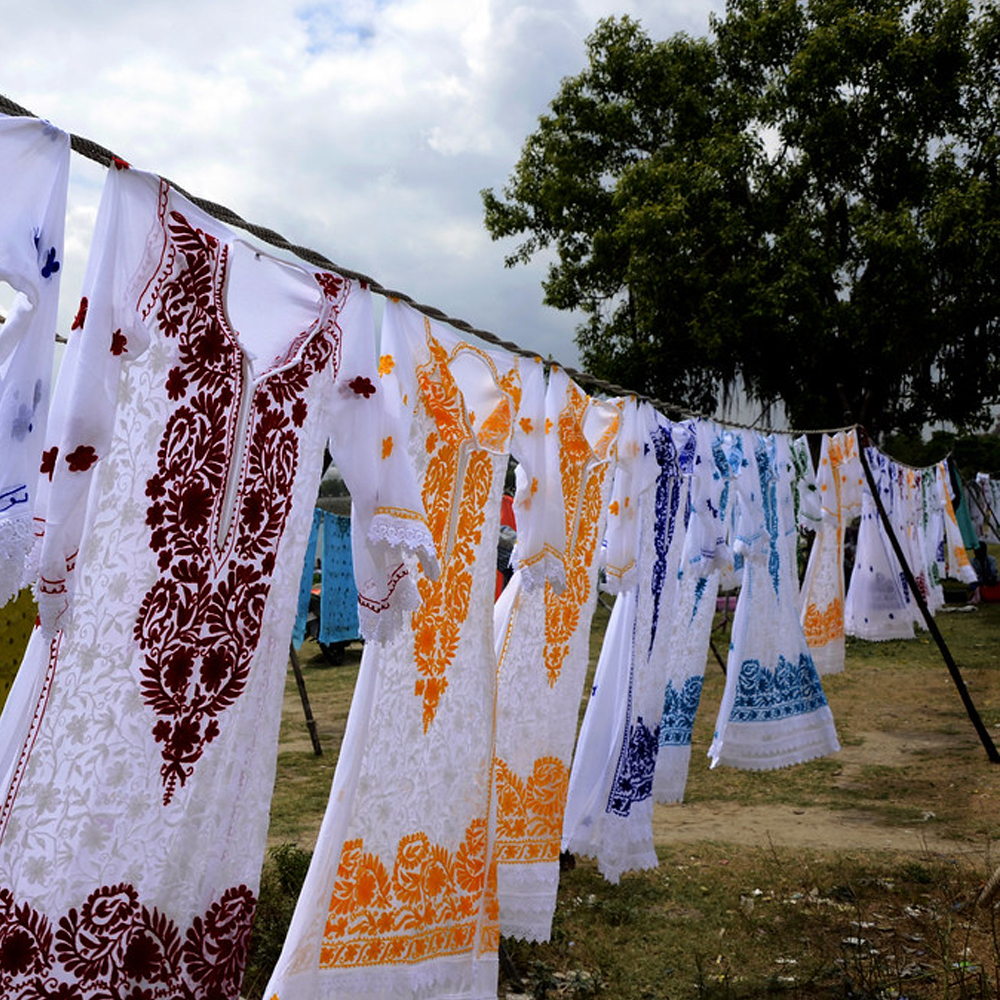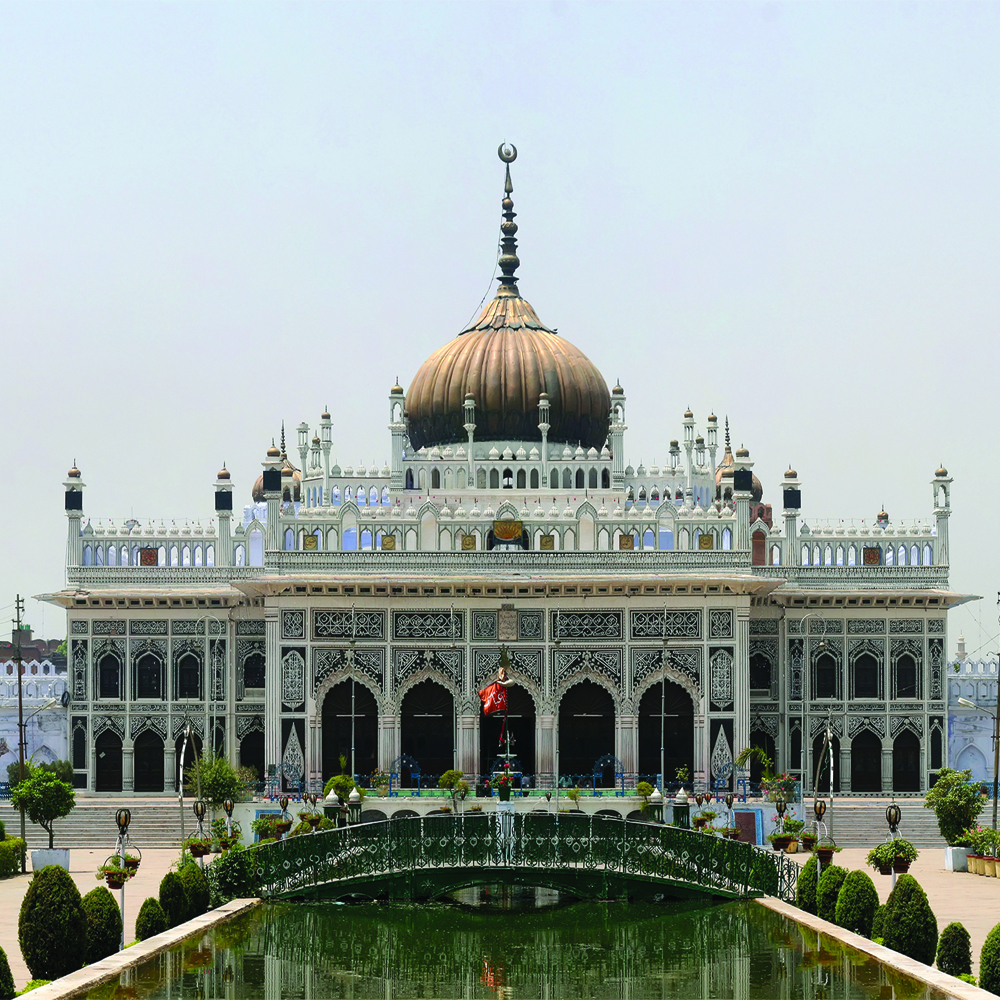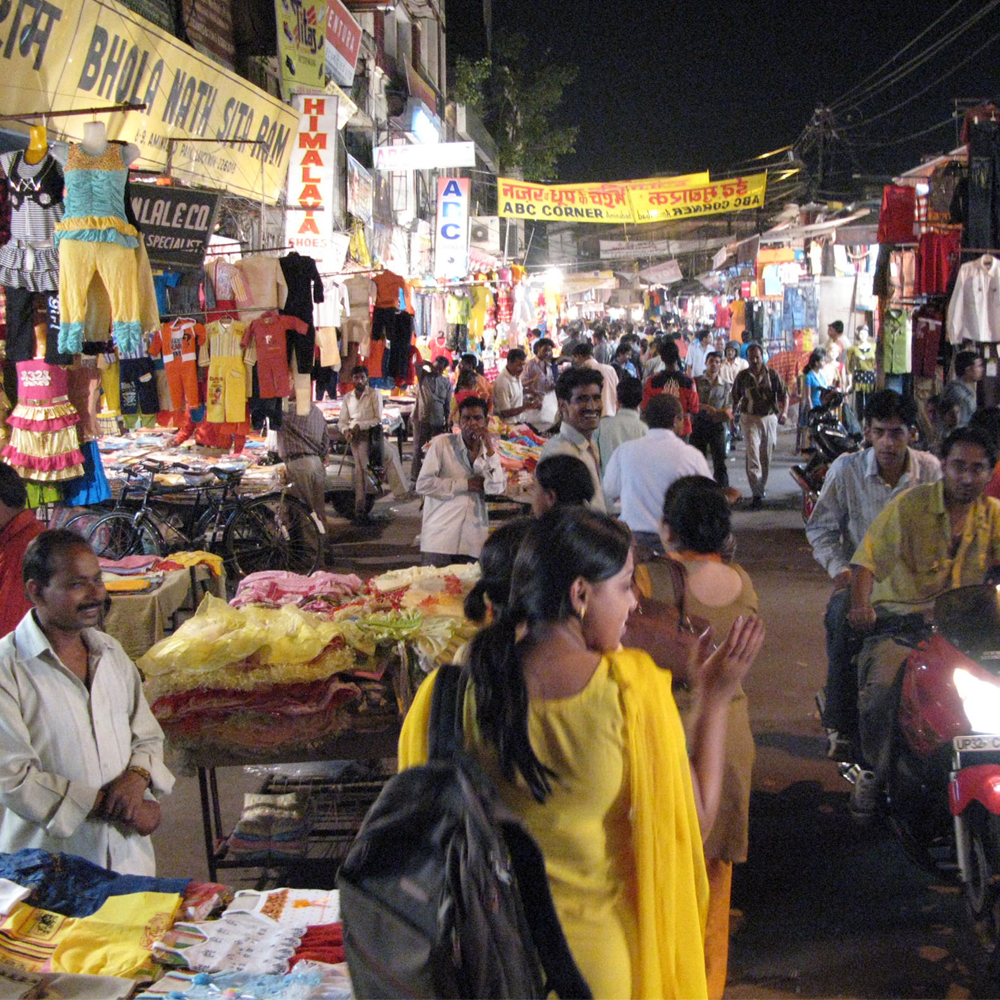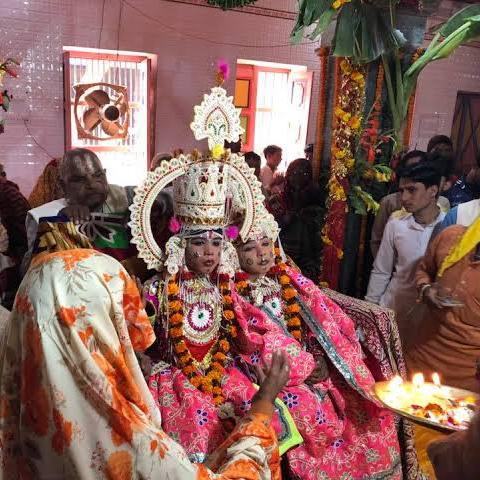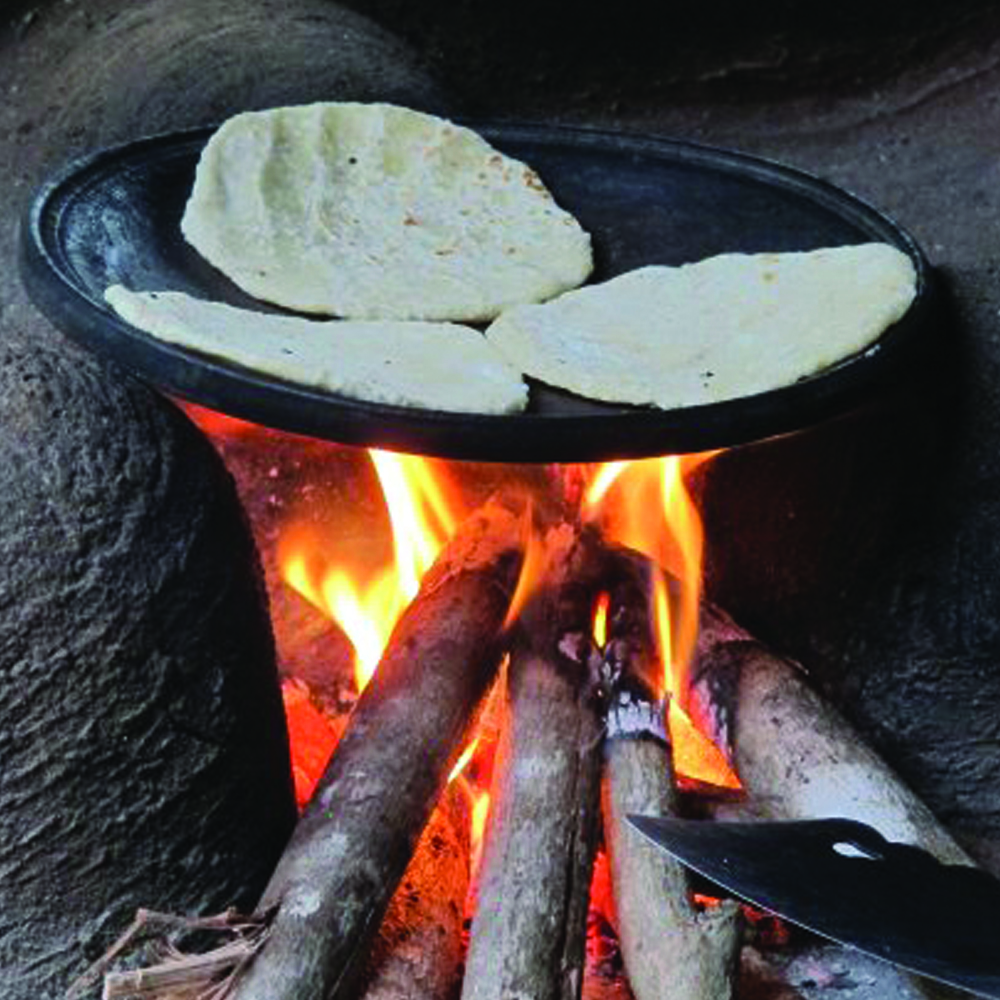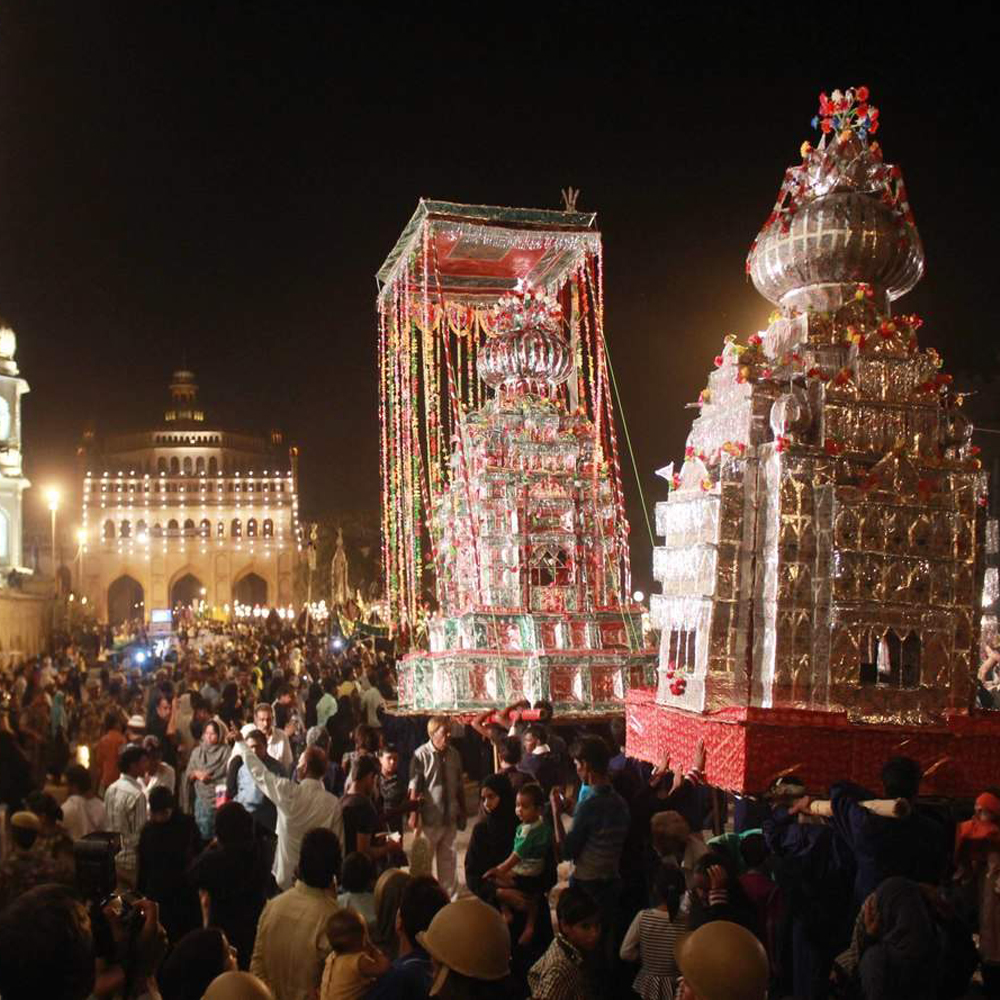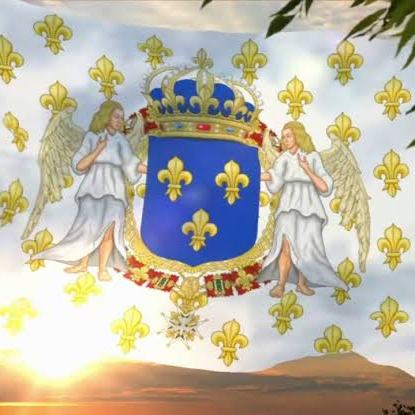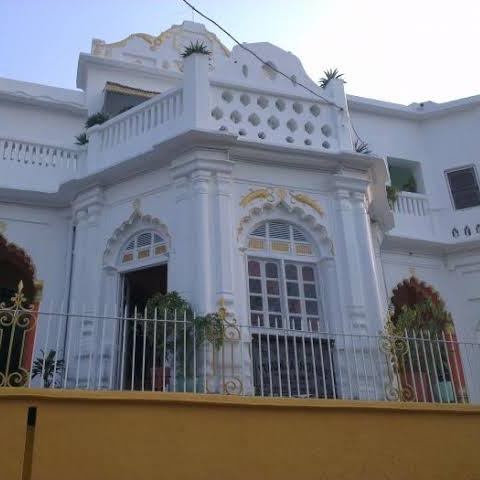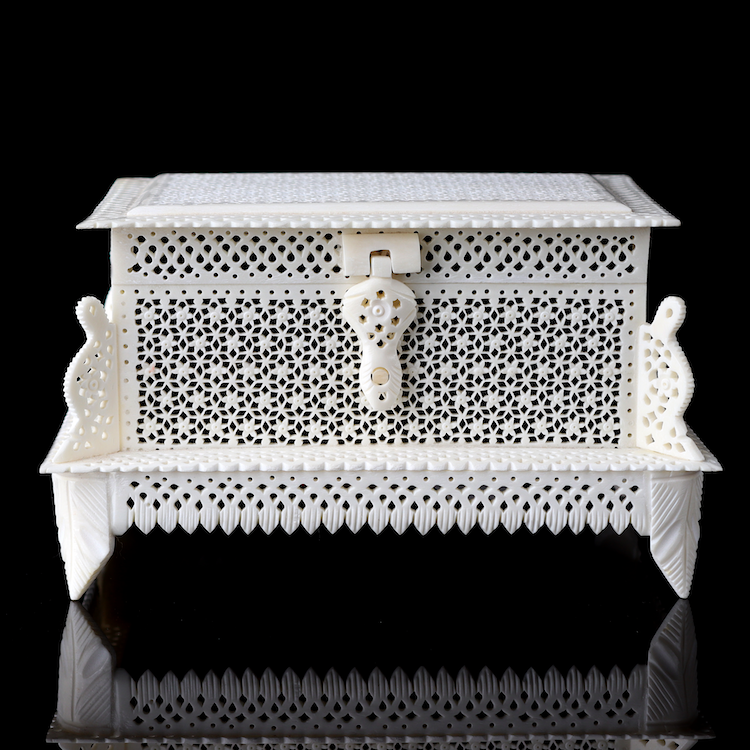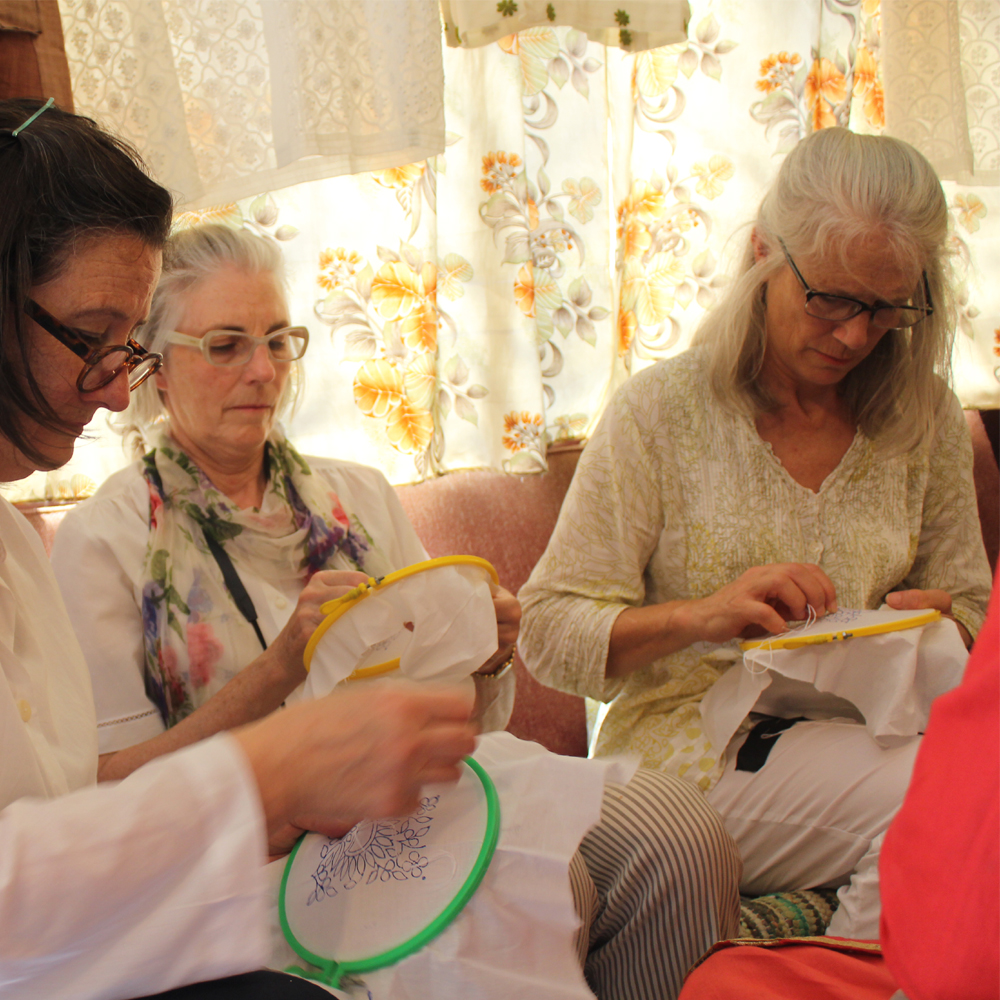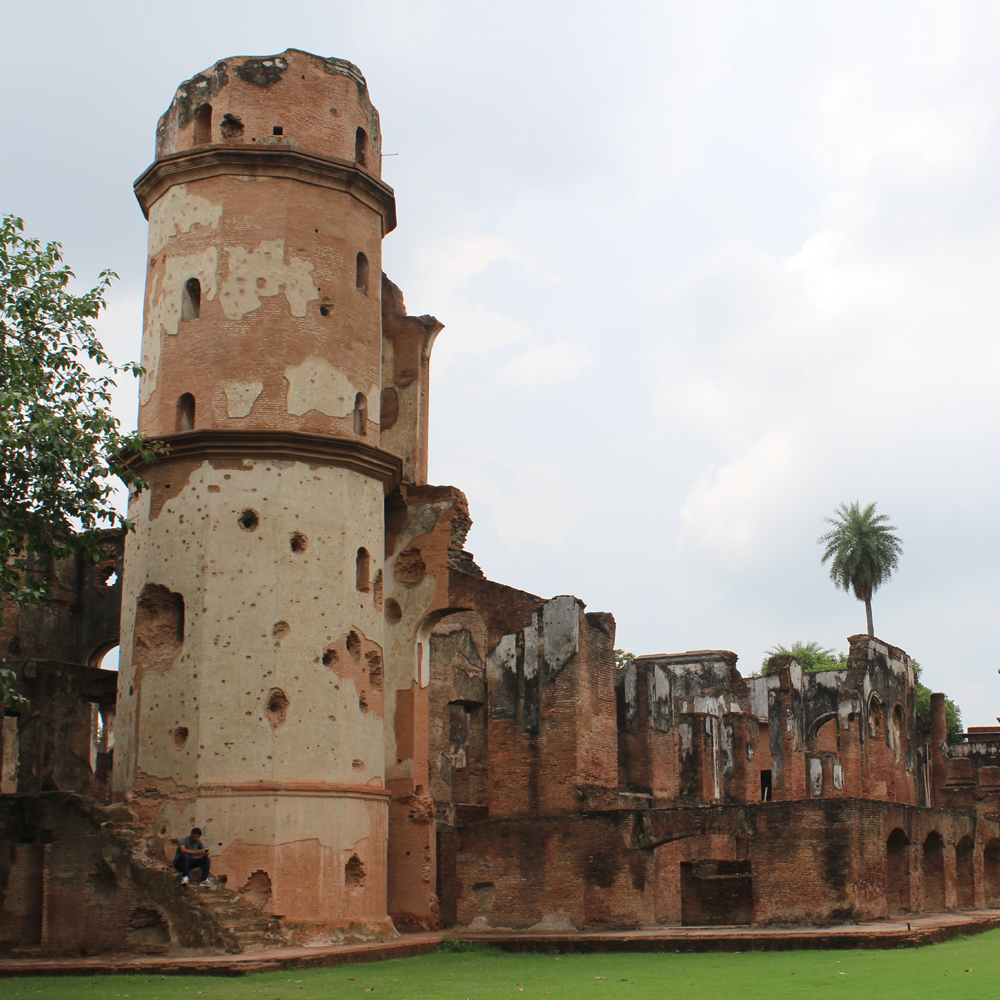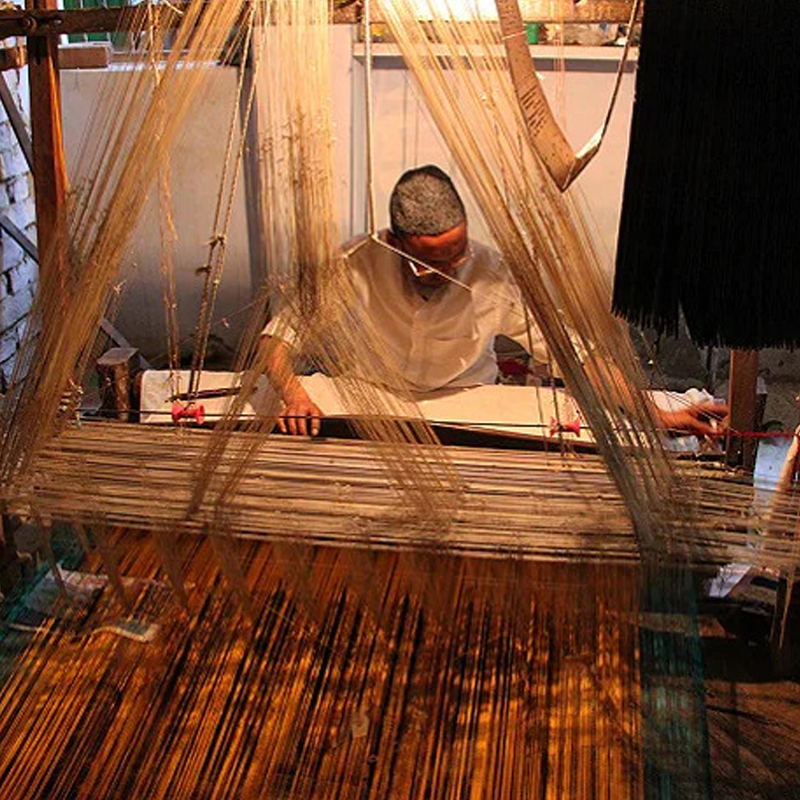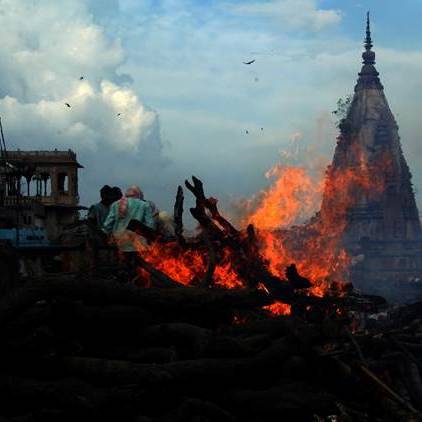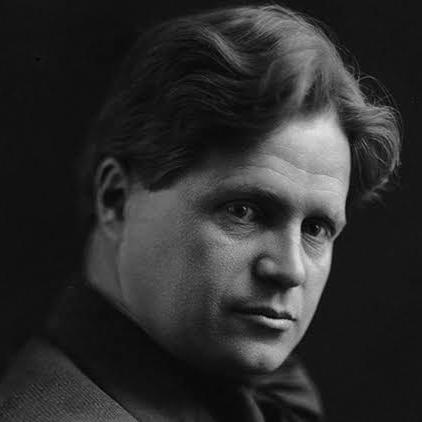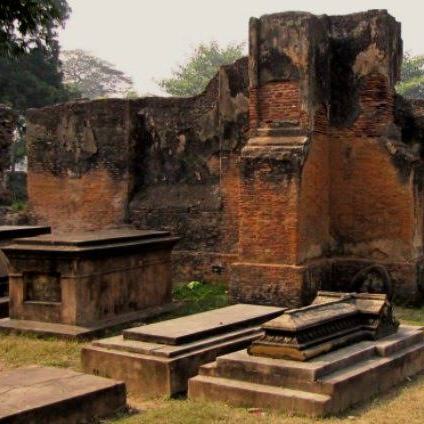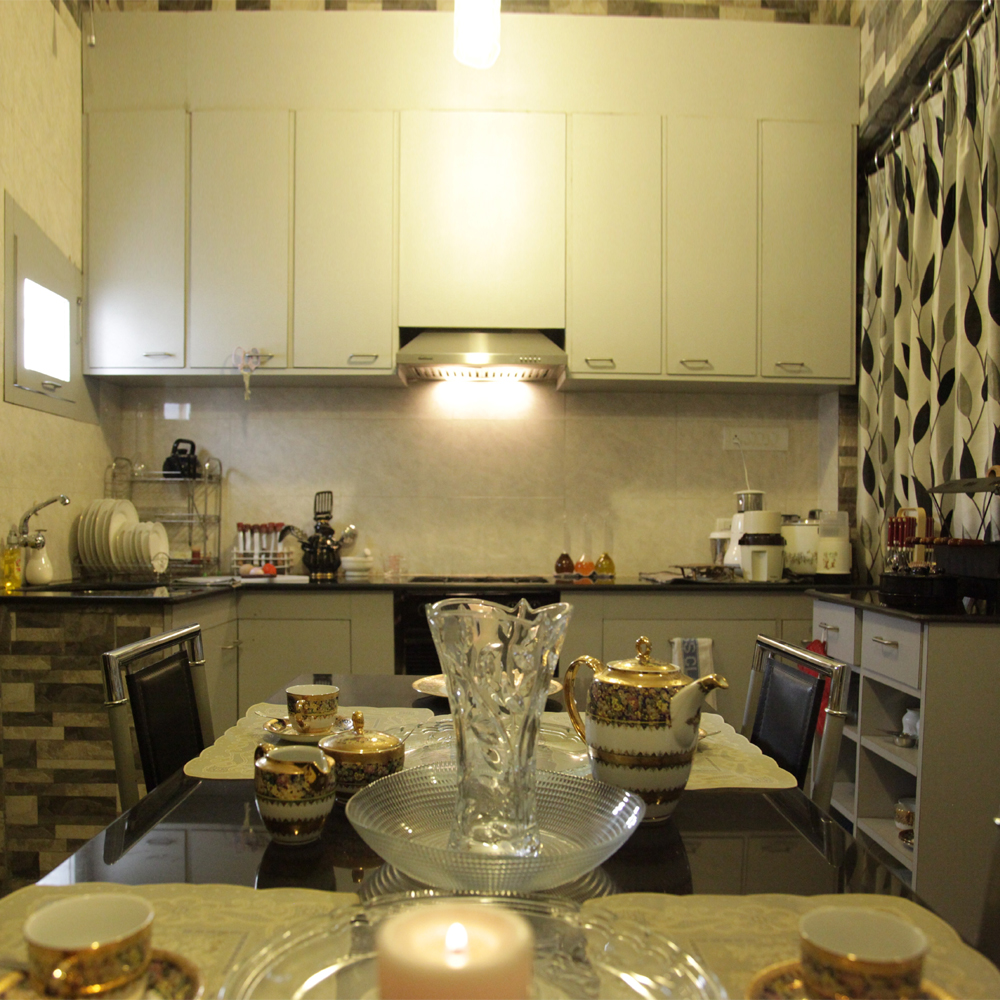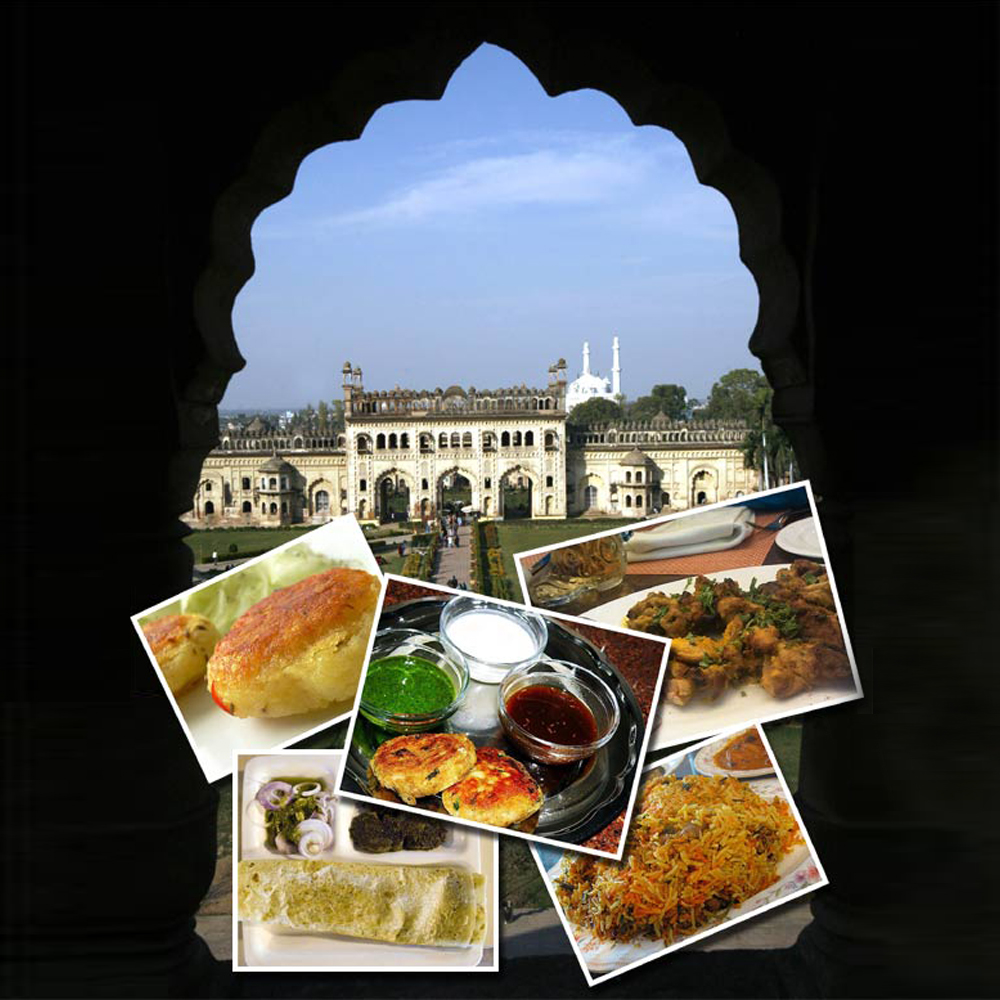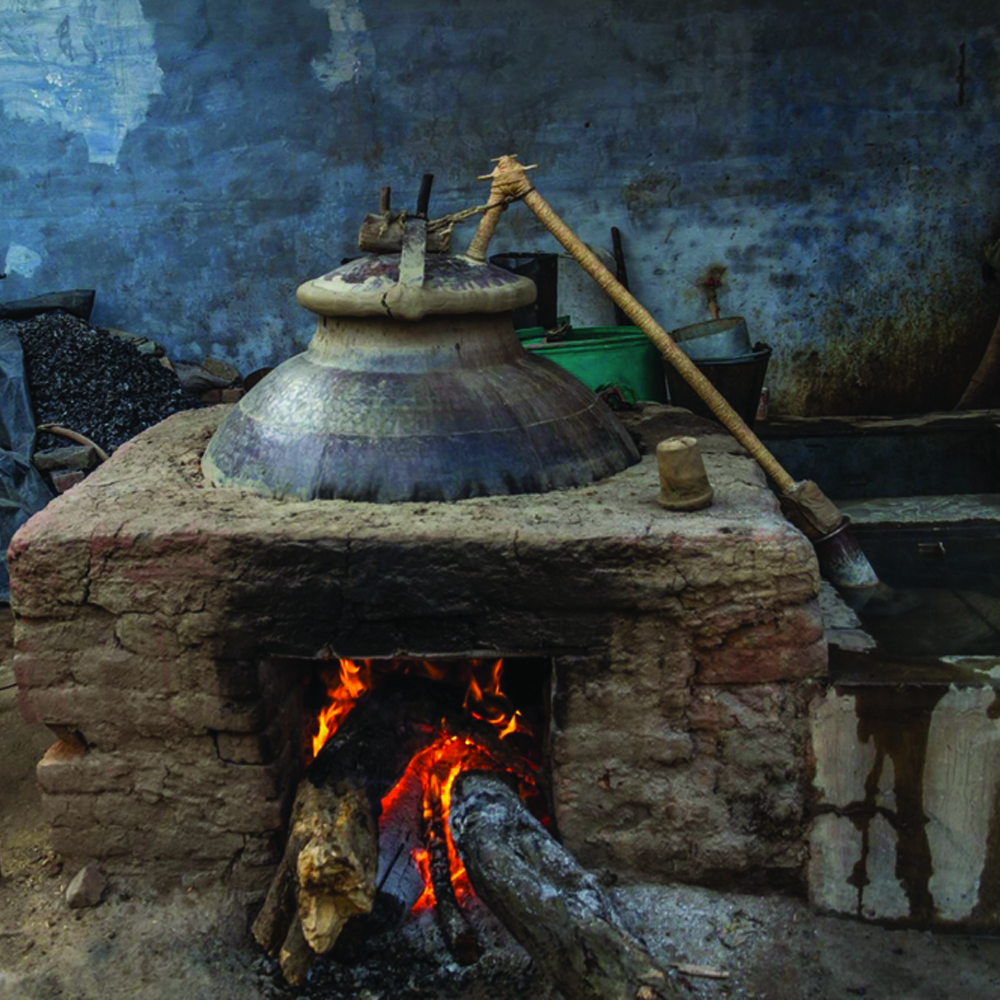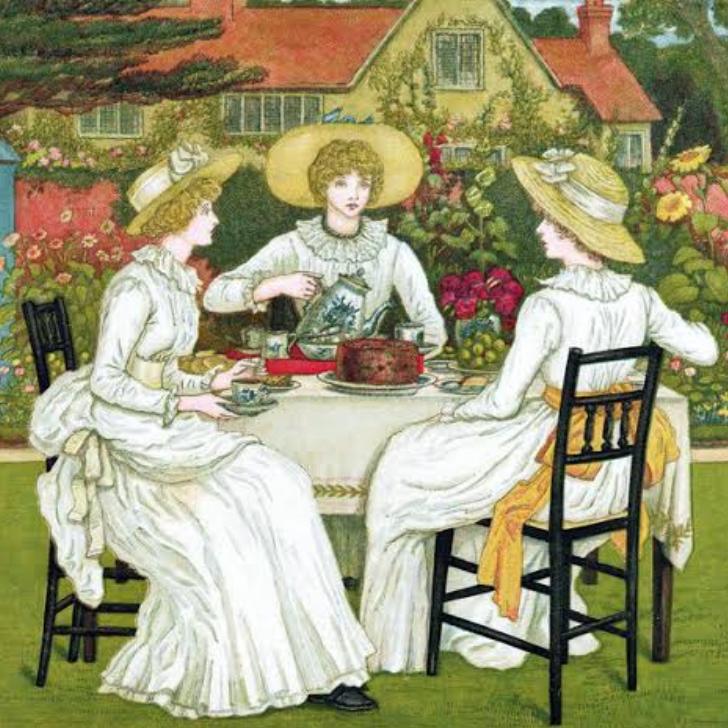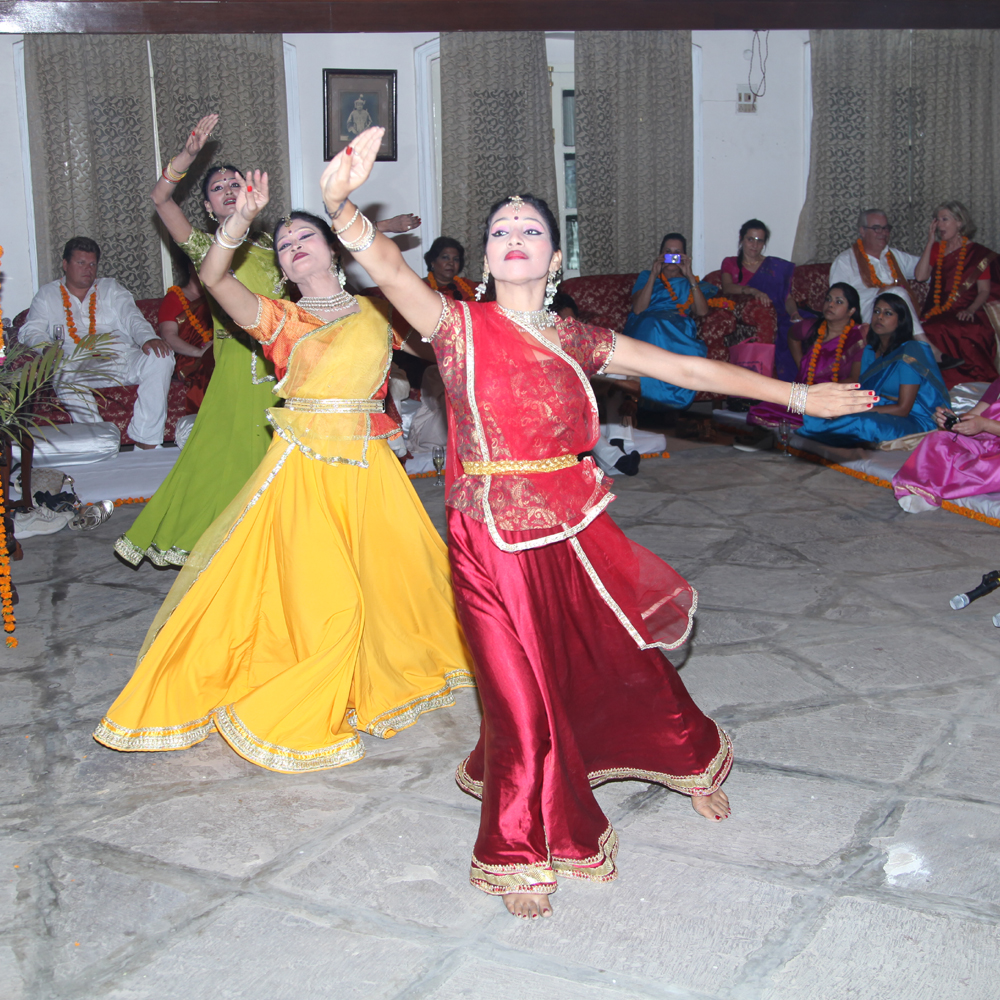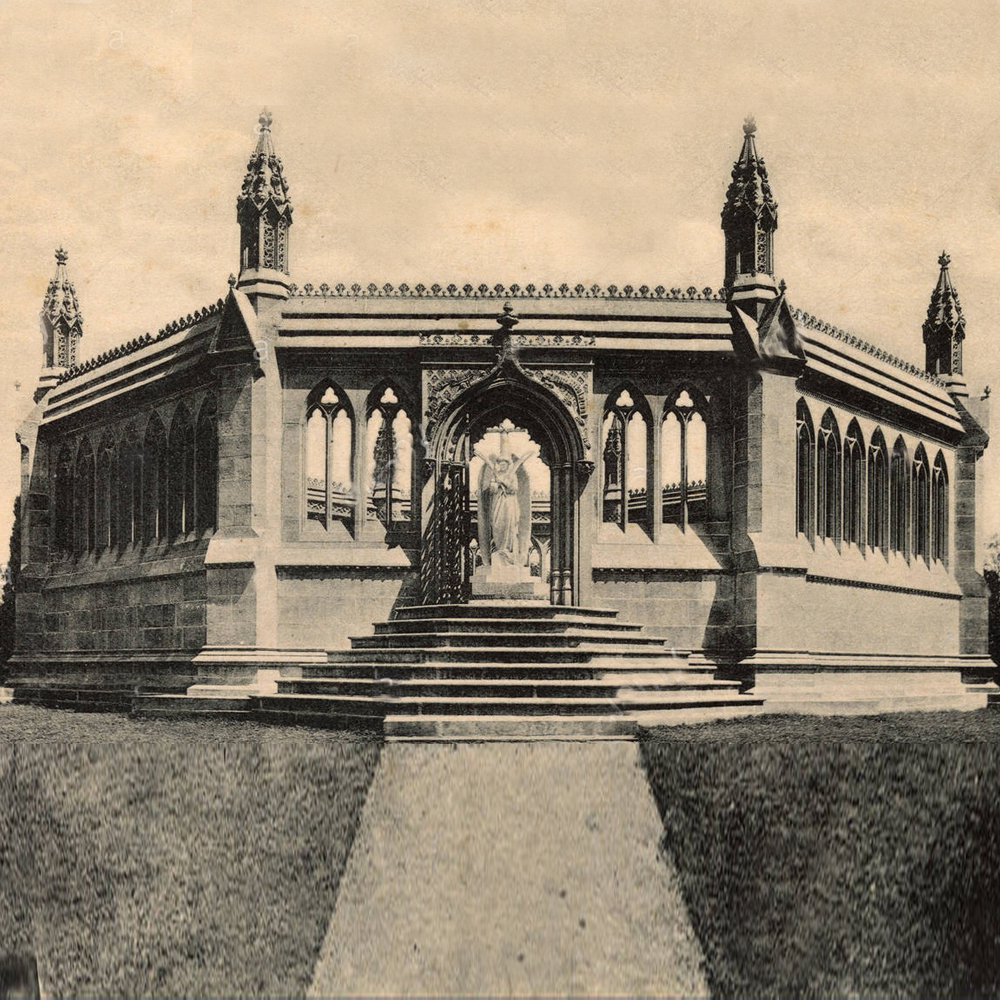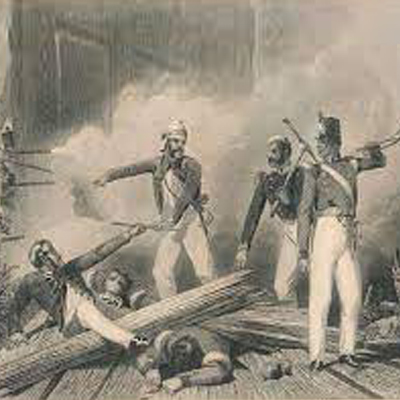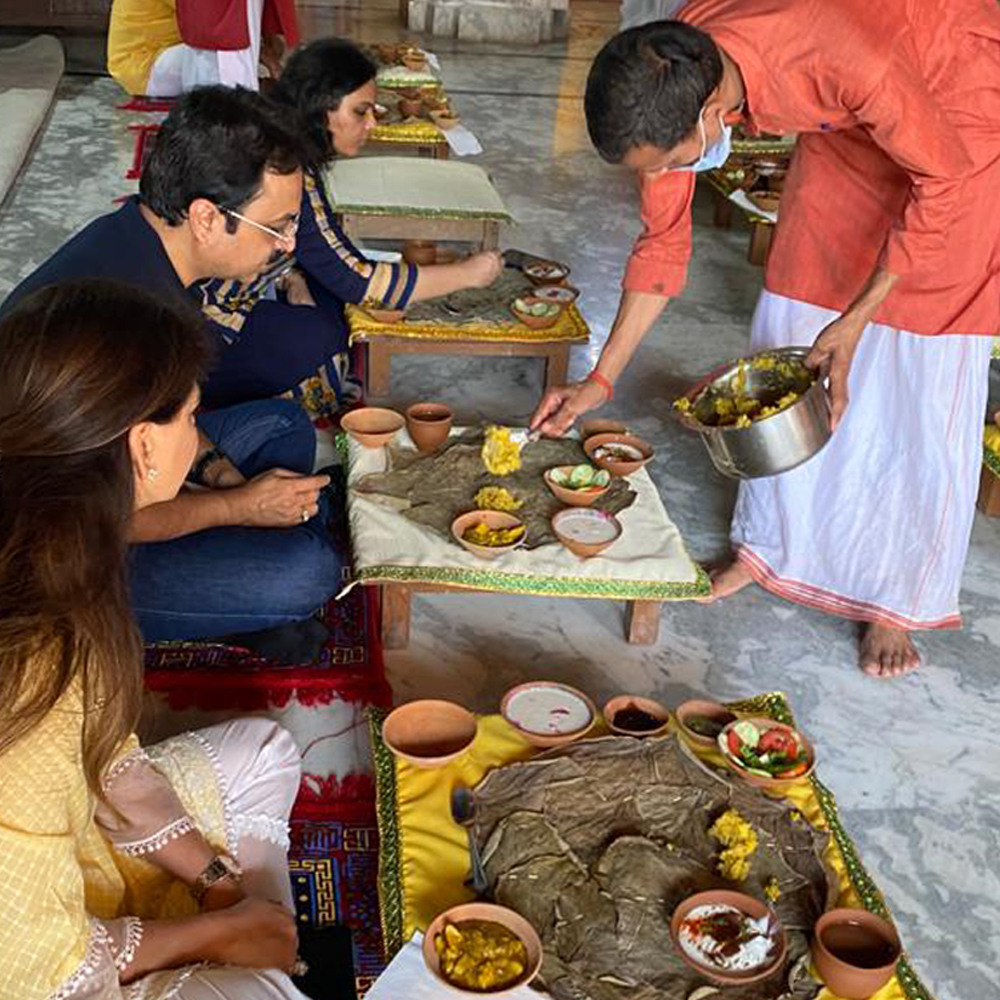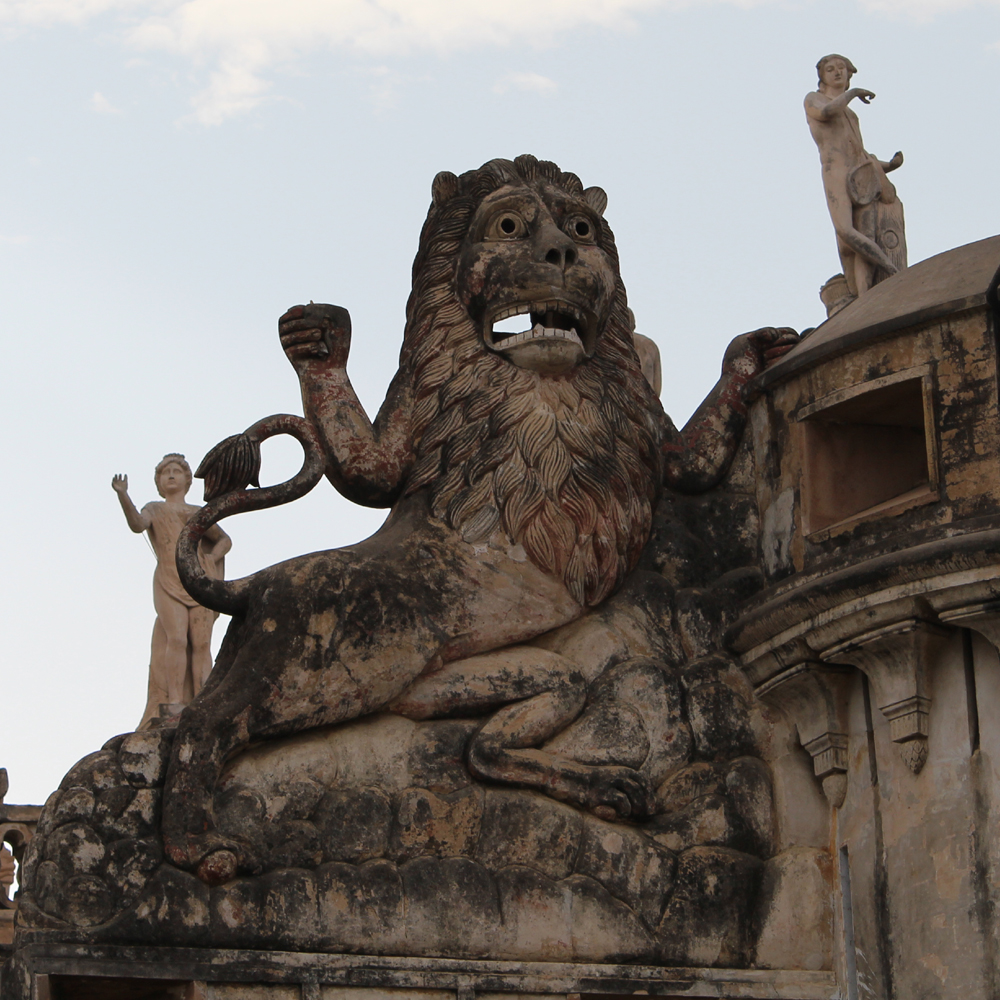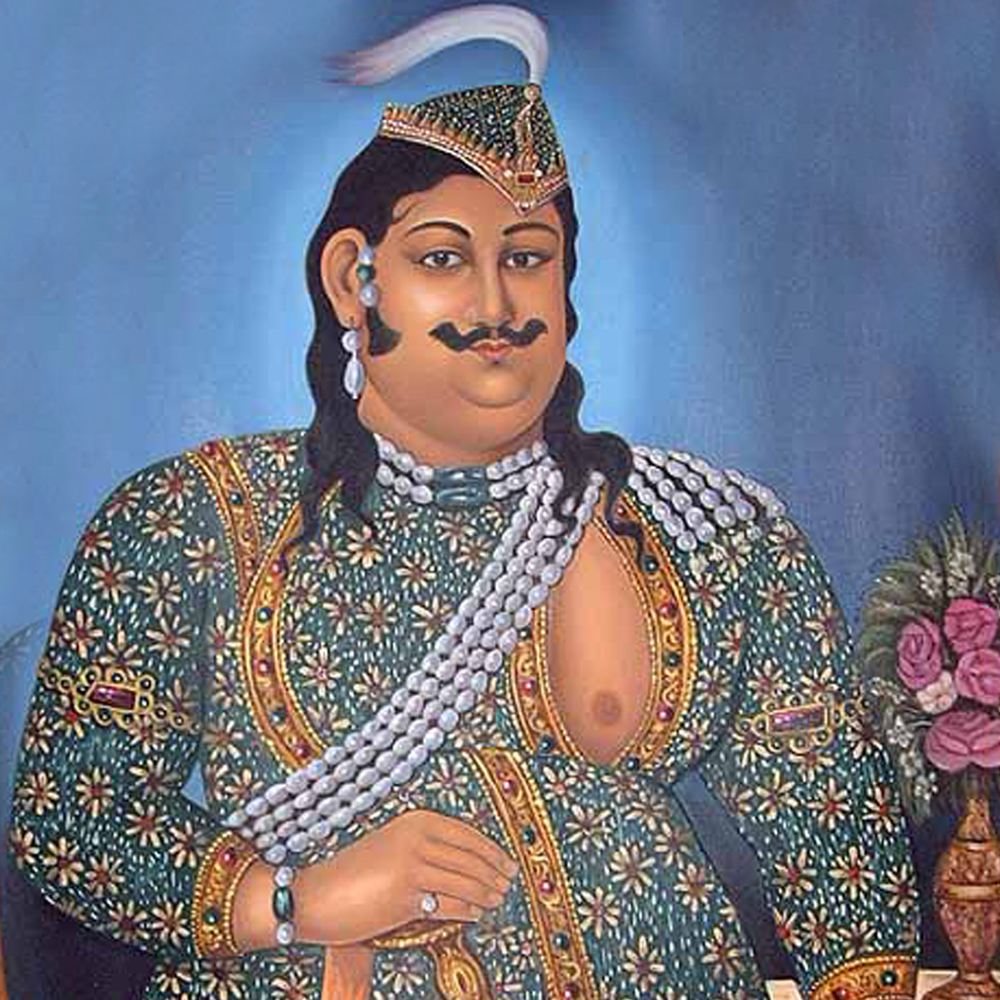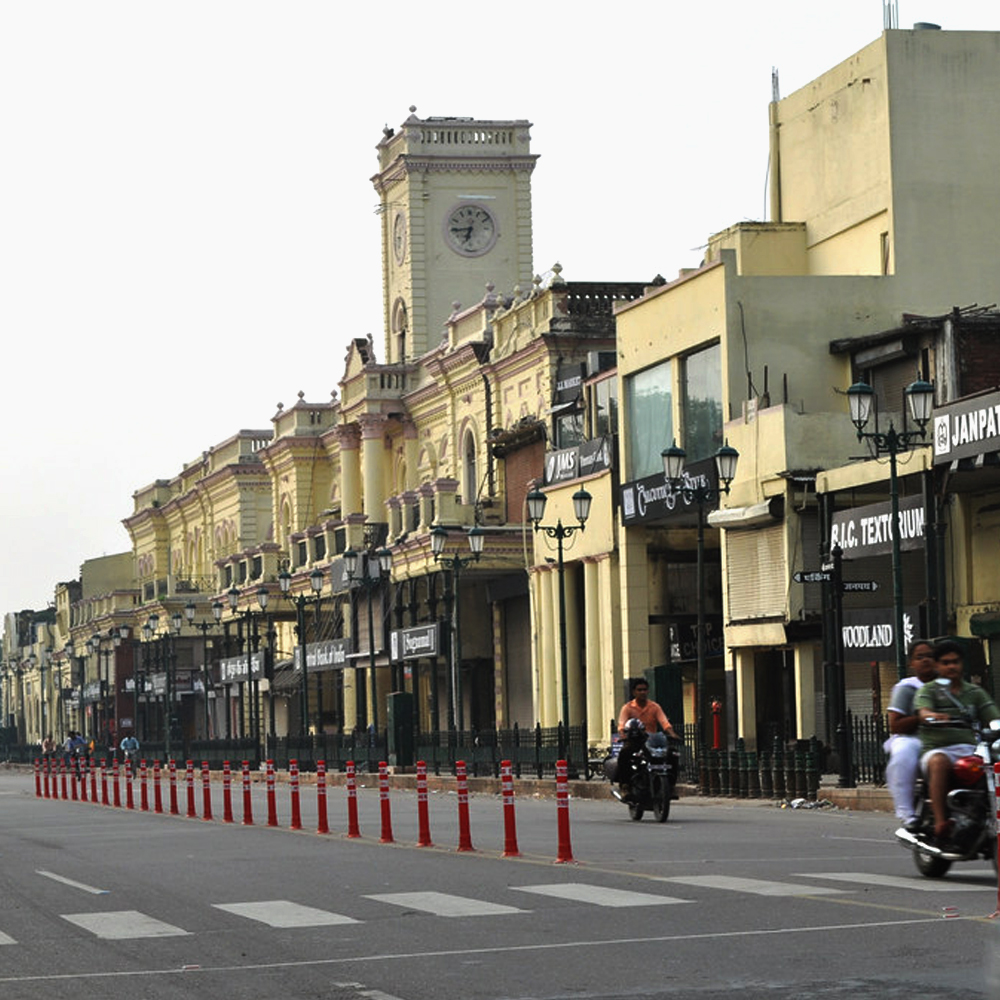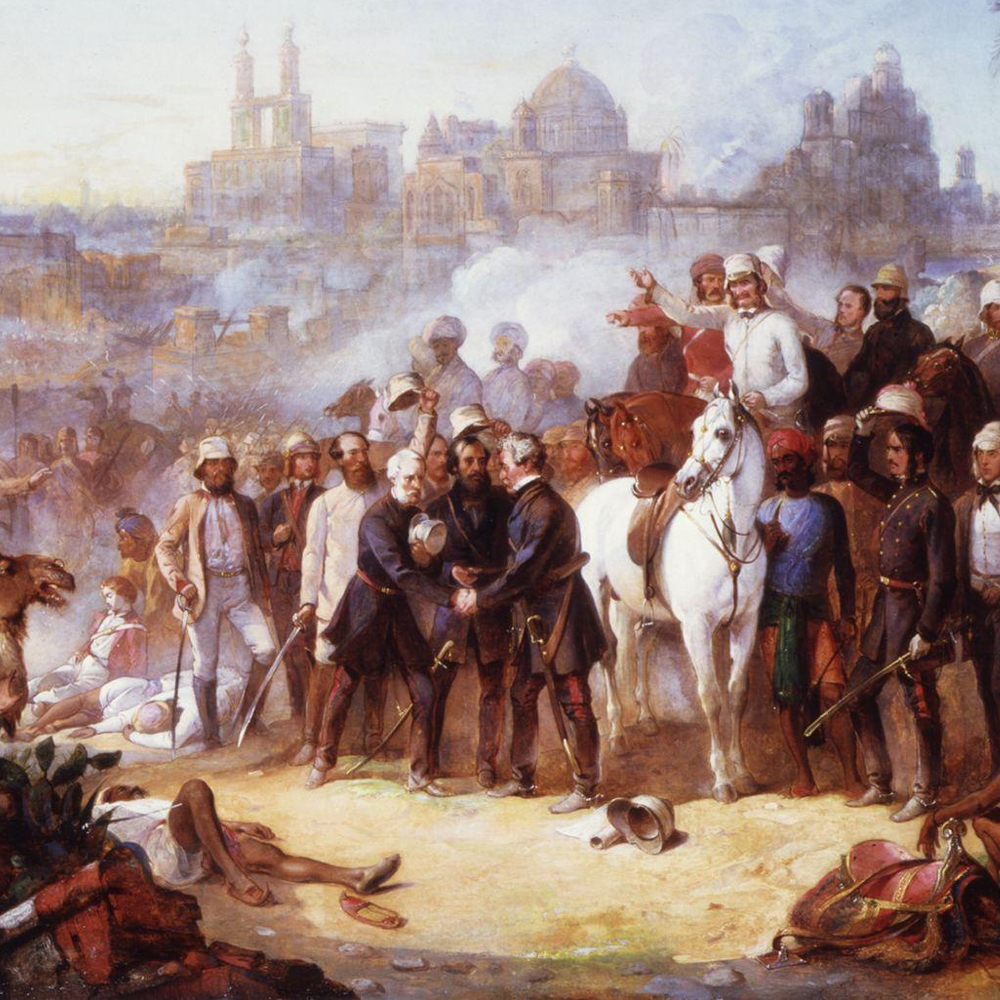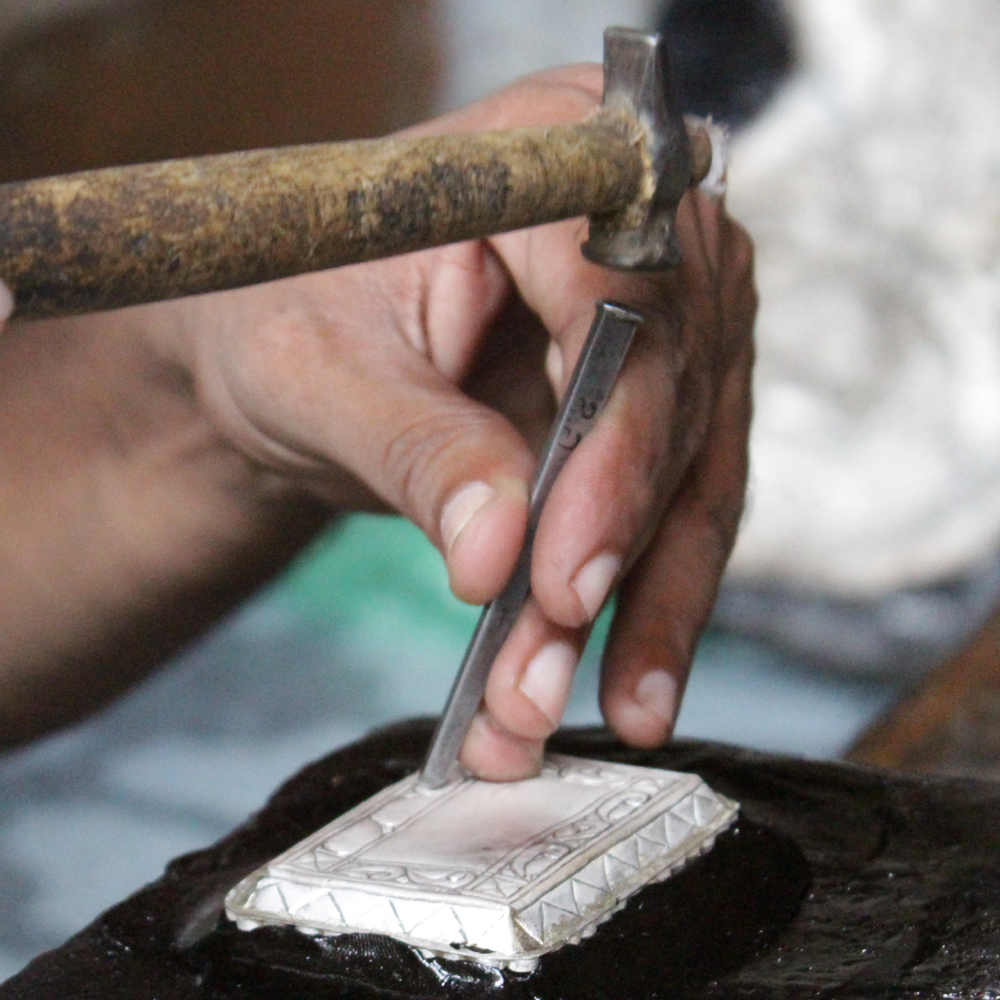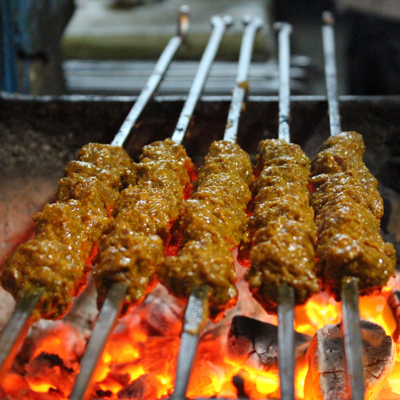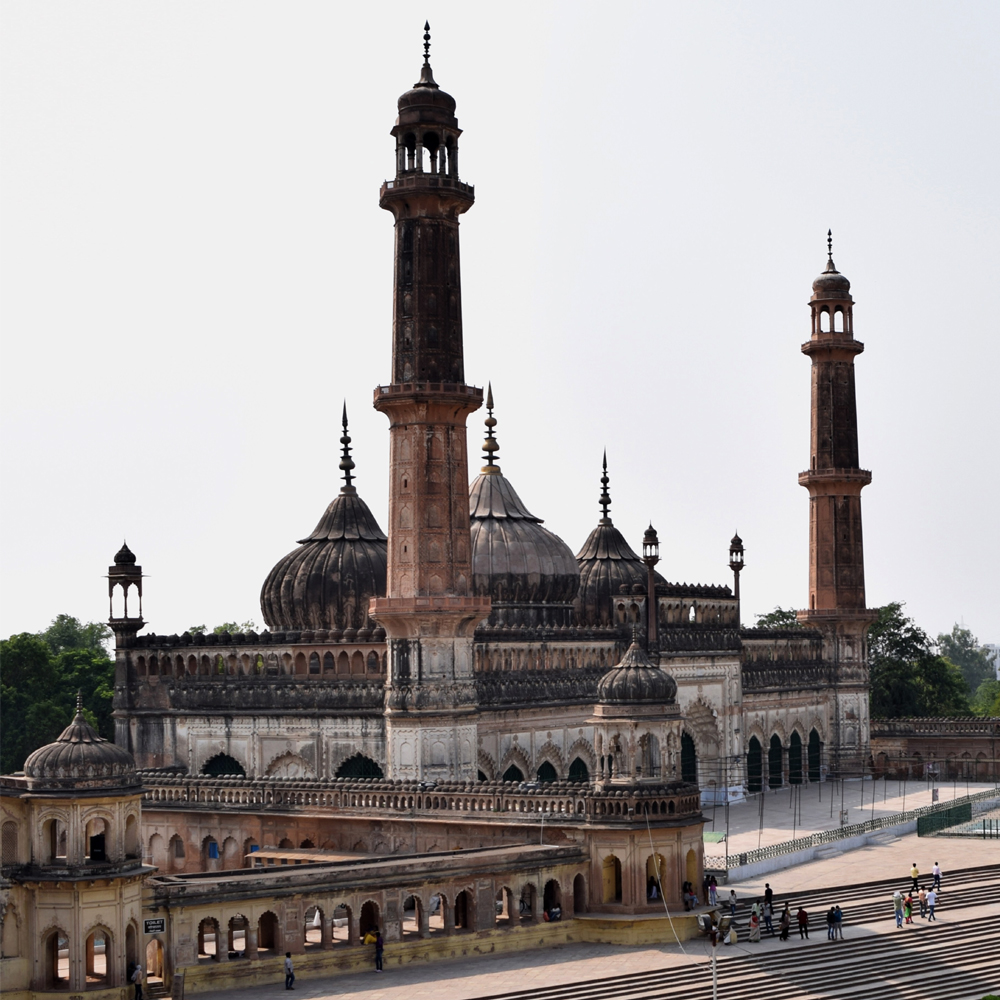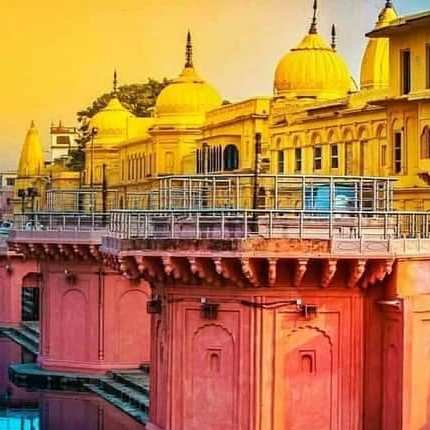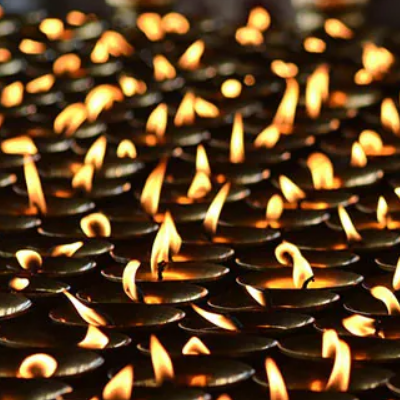Volume: 14, No: 06 ; June-2020

Hakim Mehdi Ali Khan
Hakim Mehdi Ali Khan the Prime Minder of King (Nawab) Nasir-ud-Din Haider had put forth a proposal to construct an observatory in 1831. Hakim Mehdi was entrusted with many projects that included educational institutions, hospitals and many other projects of public utility. Nasir-ud-Din Haider was an astronomy buff and had interest in astrology which was linked to astronomy. He also studied astronomy while in Calcuata. Possibly this might have the reason for Hakim Mehdi to propose an observatory in Lucknow. Also Raja Ratan Singh was a famous astrologer and a scholar of those times and had written many texts. He had travelled to England and his book ‘Garden of Astronomy’ was published in which he wrote about telescopes that he inspected in England and France. Raja Ratan Singh also gave a detailed description of Halley’s Comet. Also Raja Ratan Singh was a famous astrologer and a scholar of those times and had written many texts.

Astronomical drawing by Raja Ratan Singh
The observatory that was called ‘Tare Wali Kothi’, (also Tara Wali Kothi) meaning ‘Mansion of Stars’, was ordered to be made on the lines of England’s Greenwich Observatory, under Capt Herbert who was called to Lucknow from Calcutta to supervise the construction along with one Bakhtawar Singh. But as the King wanted the constriction to be at a fast paced, the charge was taken away from Herbert in 1835 and instead given to one Lt. Col Richard Wilcox. Wilcox was given the post of a Royal Astronomer in the court of Nasir-ud-Din Haider. The Royal Astronomer, Lt. Colonel Wilcox too was given a house to live just by the side of this observatory and his house too had a similar exterior and looked quite alike the main observatory.
King Nasir-ud-Din Haider ruled Oudh (Awadh) from 19th October 1827 till 7th of July 1837 when he was tragically poisoned to death leaving his dream of observatory unfulfilled. The observatory only could get completed in 1841 when Mohammad Ali Shah took over and then it started functioning only when his son Amjad Ali Shah took the charge of the Kingdom of Awadh.

Tara Wale Kothi (or Tare Wali Kothi), The Observatory – Lucknow. (Old picture from post Indian Uprising)
The building had two stories with a lower-level floor and had two main huge halls in the center. The design was quite simple and confirmed to the neo-classical style or architecture. On the top of the building was a small circular room with a dome which was a hemispherical and had removable shutters. This entire structure could revolve on six huge wheels made of iron and suspended by pulley. A very large and an impressive telescope was placed here in such a manner so that it could be moved in any direction one wanted to focus the gadget. The primary telescope was placed on a pillar, constructed with mortar that was erected to pass through both the floors of the building. Apart from the telescope, many other astronomical gadgets were placed on different pillars made of stones. The hall that was under the dome was made in a way that it could be turned pitch dark whenever one wanted to. The shutters were used for this purpose and when light was required these shutters were pushed down into the lower floor.
Tare Wali Kothi Observatory was very rich in its procession of the latest astronomical gadgets which included many different kinds of telescopes, magnetometers, thermometers, barometers and many other kinds of machines that worked on power induced by chemical reactions. All this was based on and was quite similar to the Royal Observatory in Greenwich.
At Tare Wali Kothi, astronomy classes were held for the young courtiers and astronomical works were translated into Urdu and Persian languages by the staff of the Observatory. Some great writings and researches on astronomy of those days were translated to local language here in Urdu and the court language Persian in order to make it easy for the masses to understand and relate to astronomy, which then was almost an unknown subject of study for many.
One Kamal-ud-Din who wrote about the history of Awadh in him book ‘Swanhaat-e-Salaatin-e-Awadh’ was deputed to translate the works and a journal was published from this observatory titled, ‘The Lucknow Almanack’ giving information on astronomy and information about the planets and stars.

Governor General Henry Hardinge, 1st Viscount Hardinge
Nawab Wajid Ali Shah took over the throne of Oudh on 13th of February 1847 and then he sanctioned rupees four hundred and fifty thousand for the upkeep and the advancement of this observatory, Tare Wali Kothi. But later Wajid Ali Shah got it closed as he got annoyed with Kamal-ud-Din in 1850 for not mentioning his name with flattery in his book on Oudh, rather demeaning him in one of the chapters of his book. A record by John Pemble quotes that the King was asked to put on English leather shoes instead of his Royal Lucknow Shoes when he was to meet the Governor General Viscount Hardinge who in 1847 came to Lucknow and had to visit Nawab Wajid Ali Shah’s court. This was so as it would have proven King’s superiority over the Governor General – this was the time when the air in Awadh had begun to change and British ego was inflating.
This very incident was mentioned by Kamal-ud-Din in his book and due to this the King was so extremely annoyed with Kamal-ud-Din thus ordered the closure of Tare Wali Kothi, observatory and along with it many printing presses too were shut. Finally in 1852 most of the gadgets of this observatory were sent off to Calcutta, bringing an end to astronomy in Awadh.
In 1857 during the uprising this observatory was made headquarter of the rebelling forces and was used for discussing war plans. On 2nd of November 1857 a meeting between the Taluqadars (aristocrats who owned smaller kingdoms in and around Awadh, often titled ‘Raja’) and Zamindars (feudal landlords and owners of large properties in rural India) of Oudh was held here in which they promised their support for Wajid Ali Shah’s son Birjis Qadar and Wajid Ali’s wife Hazrat Mahal, declaring Birjis Qadar the King of Awadh and Hazrat Mahal the Queen Mother, after Wajid Ali Shah was deposed by the British and exiled to Calcutta.
This observatory remained under Ahmad Ullah Shah right till November 17, 1857, and was then taken over Colin Campbell who reached Lucknow for its defense. Lucknow Residency was relieved but there was yet another conflict that took place in March 1858 when this observatory was extensively damaged and the remaining astronomical gadgets kept here were destroyed then.

State Bank of India (Lucknow Main Branch)
Tare Wali Kothi was no more the same and was further modernised and restructured to accommodate the office of the ‘Bank of Bengal’ which was later renamed as the ‘Imperial Bank of India’ and further on in 1955 (much after India had gained independence in 1947) it came to be called ‘The State Bank of India’, one of the largest banks of India till date and it still occupies the same premises. Most of the parts of this building were as they were originally for quite some time but sadly the bank unmindfully further restructured it to take away any of its remaining character. Adjoining home of the General Manager of the State Bank of India is still untouched, at least from the exteriors and this actually was the home of the Royal Astronomer Lt. Col Richard Wilcox.
Credits : Lost Monuments of Lucknow, by: Sayed Anwar Abbas; ‘Lucknow Wandering in the Lanes of History' by: Nasima Aziz
LUCKNOWLEDGE is an initiative by Tornos. We do not intend to intrude your privacy and thus have an automated UNSUBSCRIBE system. At any point you may unsubscribe to our e-column or subscribe to it again through a link on our website. The above article is shared and in no way intends to violate any copy right or intellectual rights that always remains with the writer/publisher. This e-column is a platform to share an article/event/update with the netizens and educate them about Destination Lucknow.


